2024 Chevrolet Silverado EV Work Truck Quick Spin: Good Omens

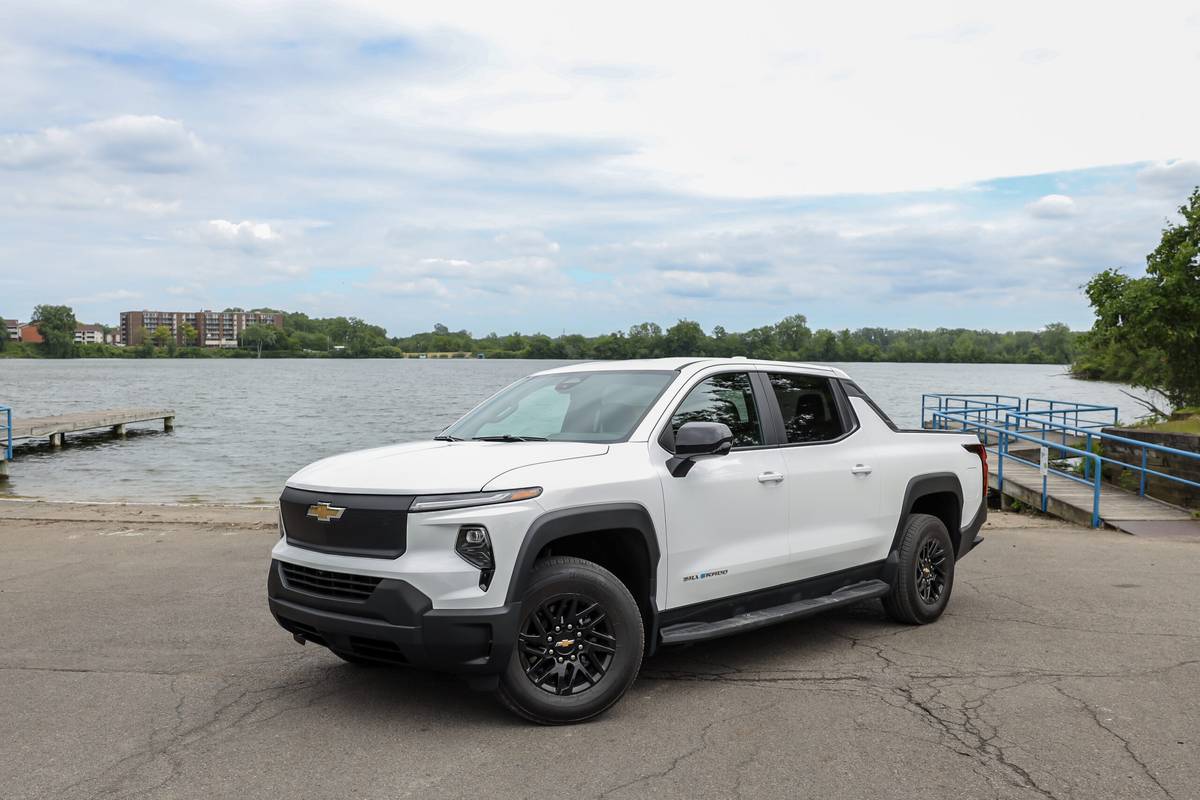
The verdict: The 2024 Chevrolet Silverado EV Work Truck won’t be sold to consumers until the 2025 model year, but our first chance to drive any Silverado EV shows the all-new full-size truck has a lot of promise for both work and play.
Versus the competition: The Silverado EV WT beats the competition when it comes to both range and charging, though it feels a touch slower. The 4WT trim level is also quite pricey for a work truck, but it’s not really out of line with the pricing of other EV pickups.
Normally, if a member of the general public can’t buy a particular vehicle, we here at Cars.com won’t bother to review it; we do, however, occasionally make exceptions. We made one for the 2024 Chevrolet Silverado EV Work Truck, which is a fleet-exclusive vehicle for its first year of production, because driving it gave us our first chance to experience the all-new, all-electric pickup truck from Chevrolet.
Related: 2024 Chevrolet Silverado EV: The Avalanche Resurrected (and Electrified)
With that in mind, I headed to Ypsilanti, Mich., to get behind the wheel and get a sense of how Chevrolet’s all-electric pickup will stack up in a growing class (per Cars.com’s ethics policy, we pay for all travel and lodging when attending such manufacturer-sponsored events).
There are two significant caveats about the WT version of the Silverado EV. First, while regular consumers can’t buy one for 2024, the model-year 2025 Silverado EV WT will be sold to the public, though it’s possible its capabilities and pricing will change between now and then. Second, the WT version doesn’t come with a number of features that the higher-end RST trims will have either as standard or optional, including more horsepower and torque, rear-wheel steering, a larger touchscreen, a midgate pass-through from the bed to the cabin, an adaptive air suspension, optional 24-inch wheels and a nicer interior.
If you’ve already made a reservation for a Silverado EV RST, take the impressions here with a big grain of salt. We’ll be sure to share our thoughts on the RST once we’ve had a chance to drive it, but for now, let’s dig into what we know about the barer-bones Silverado EV WT.
How It Drives
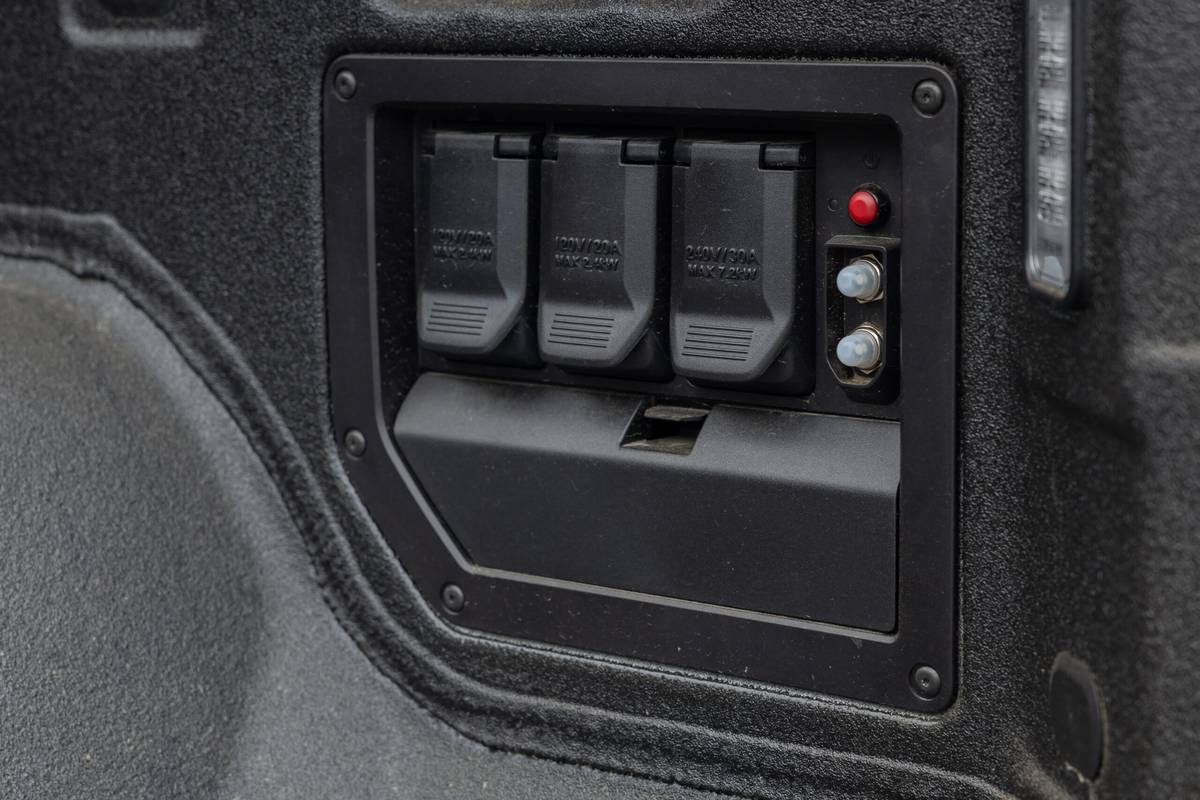

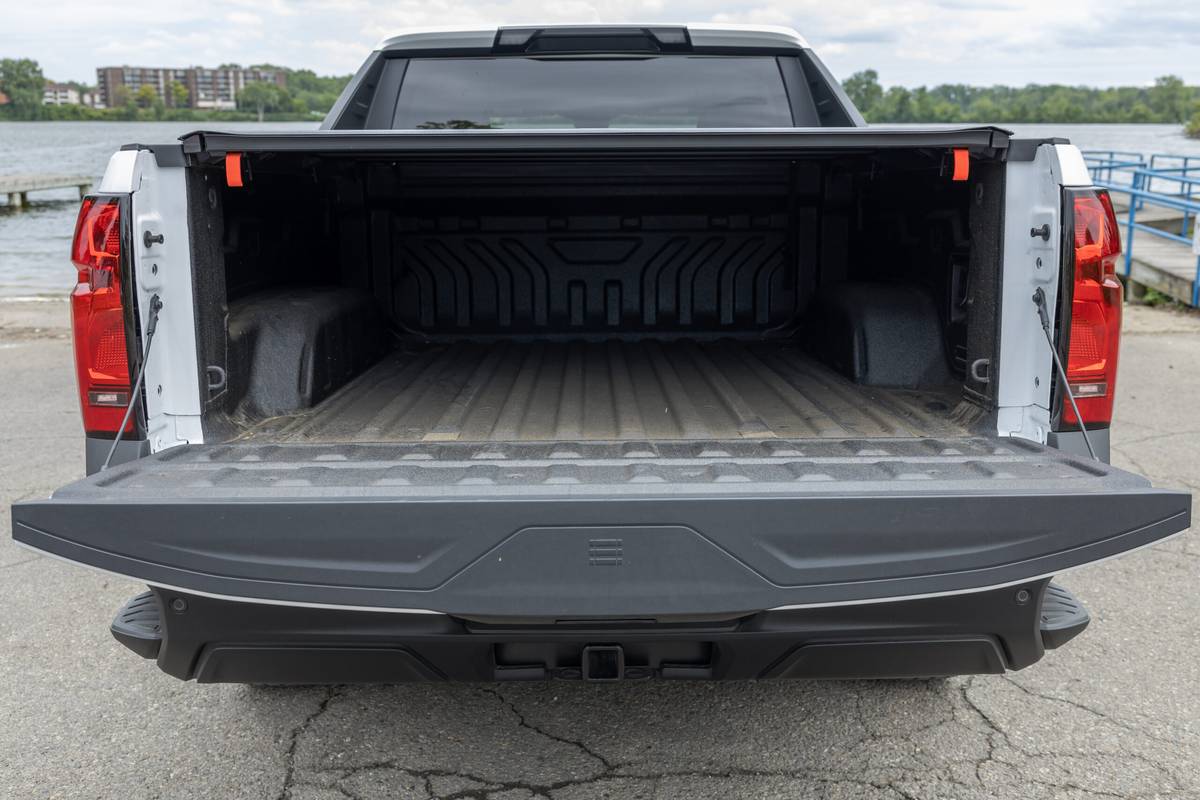
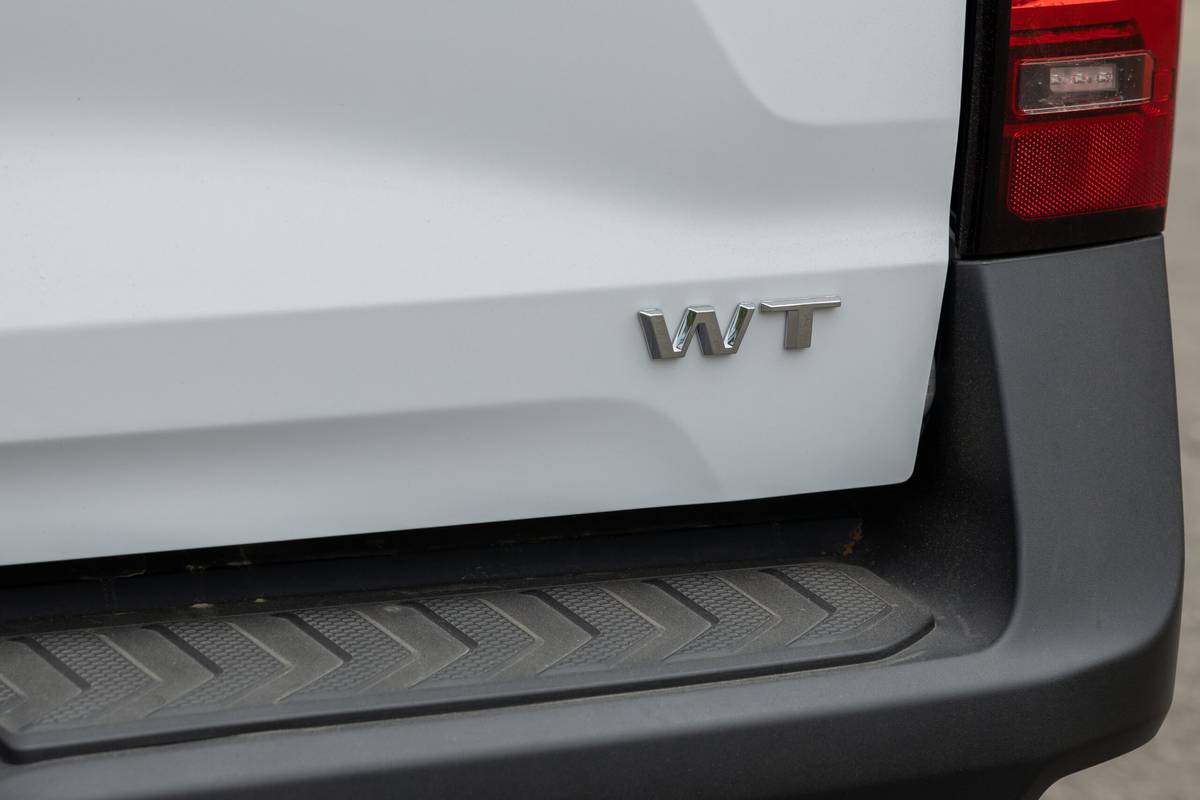
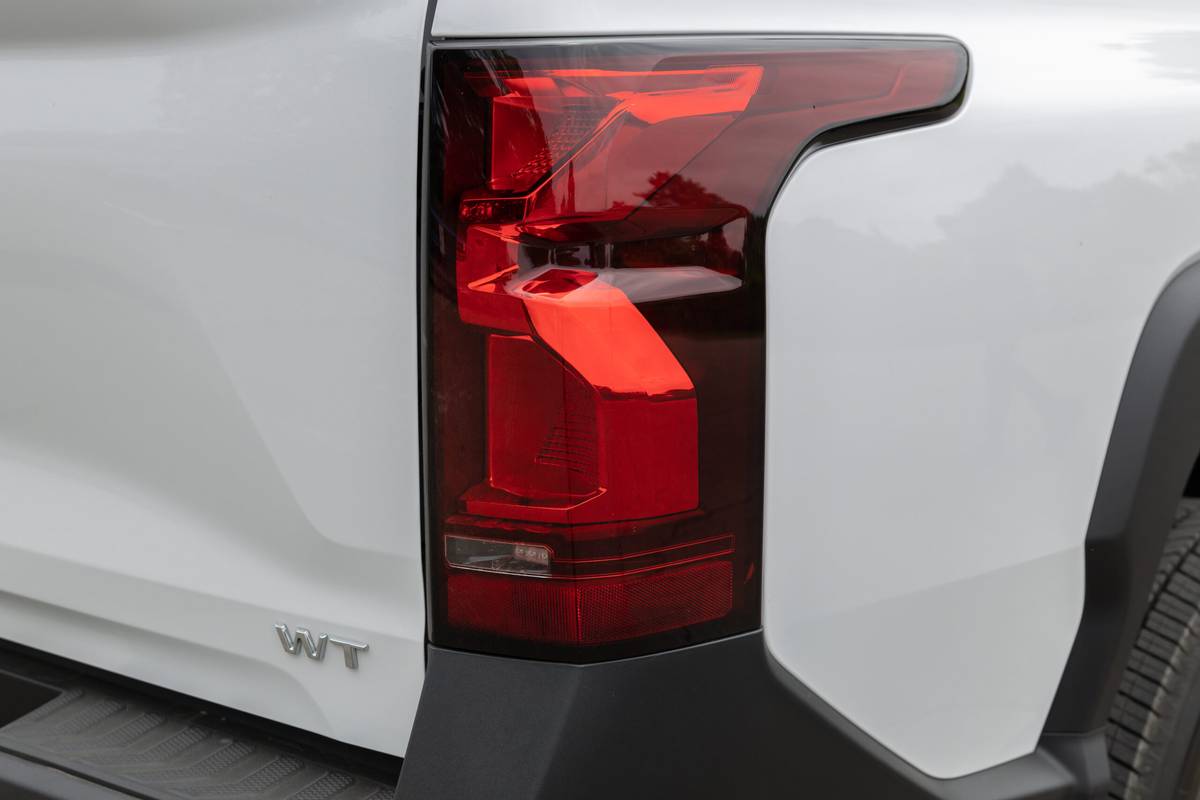
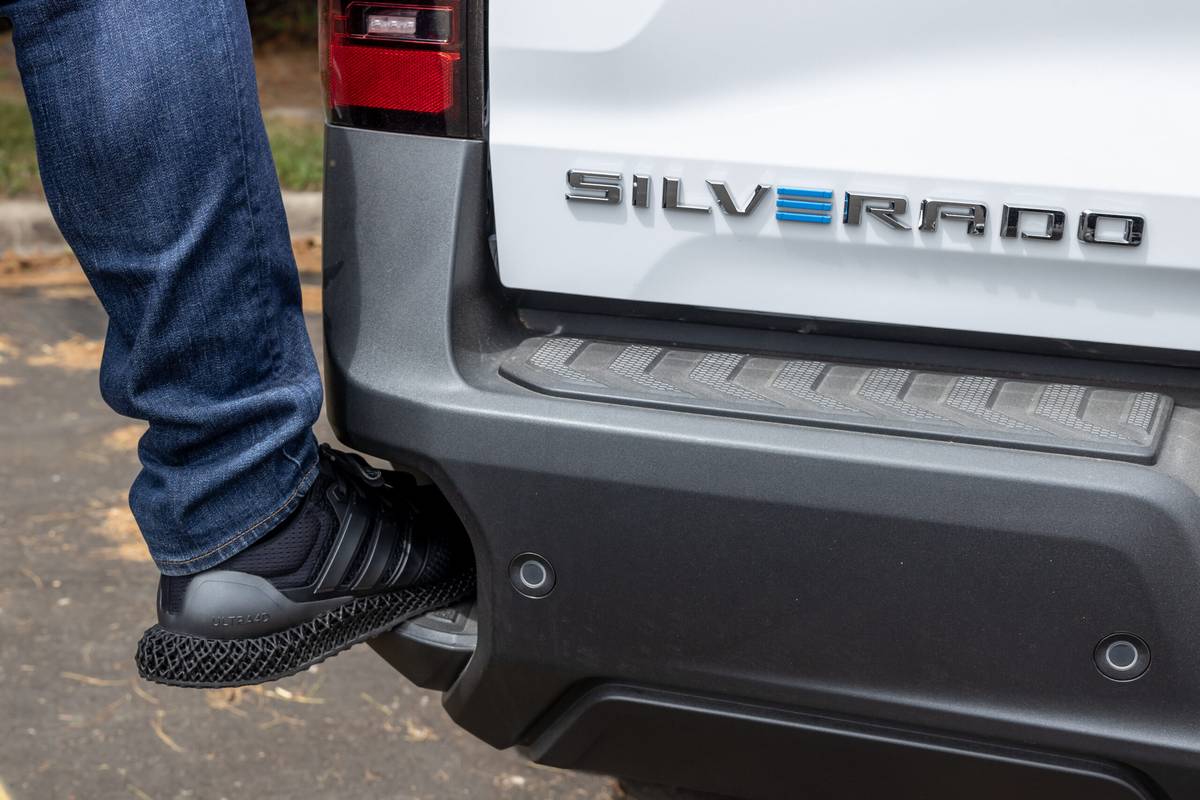
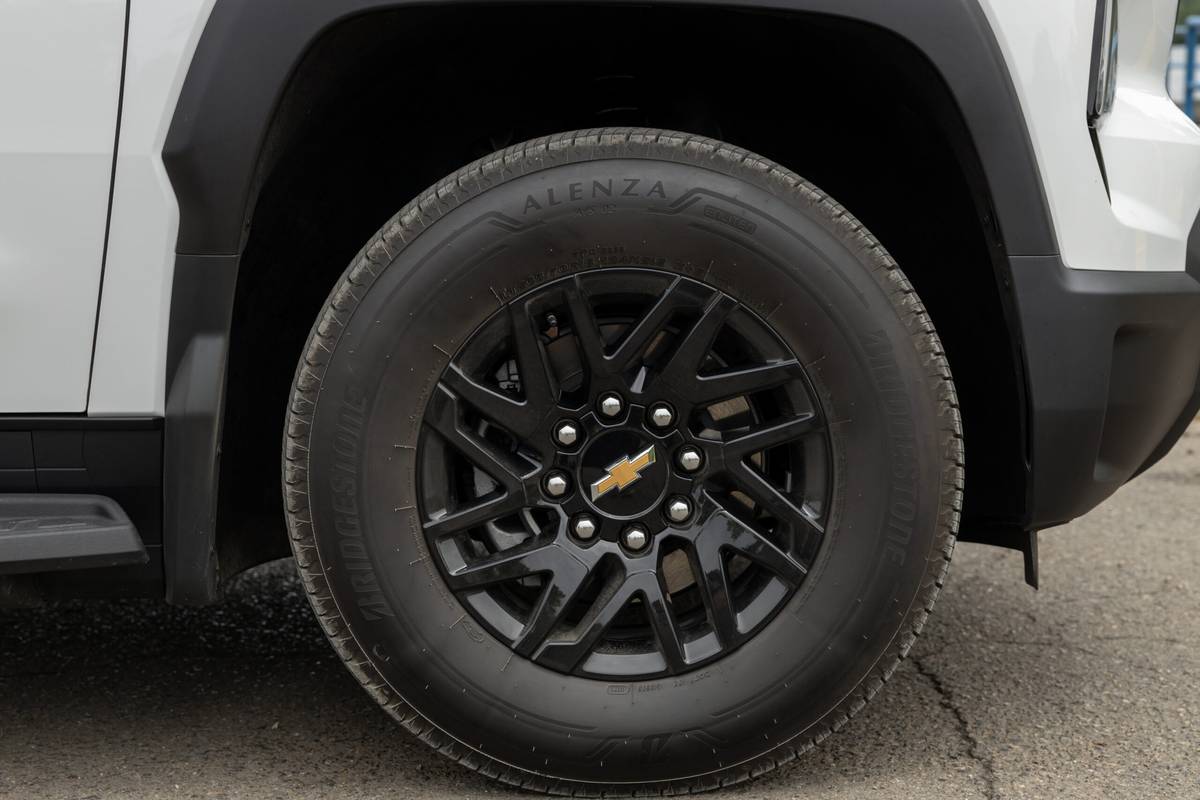
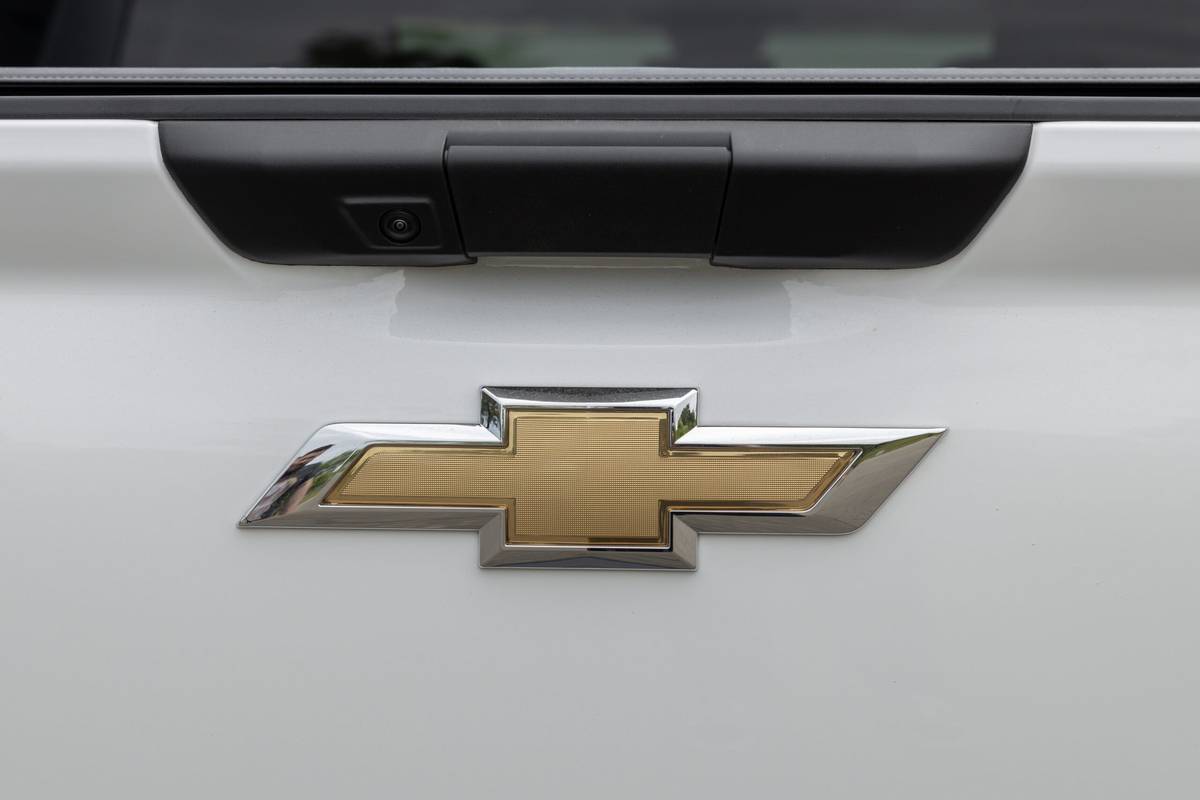
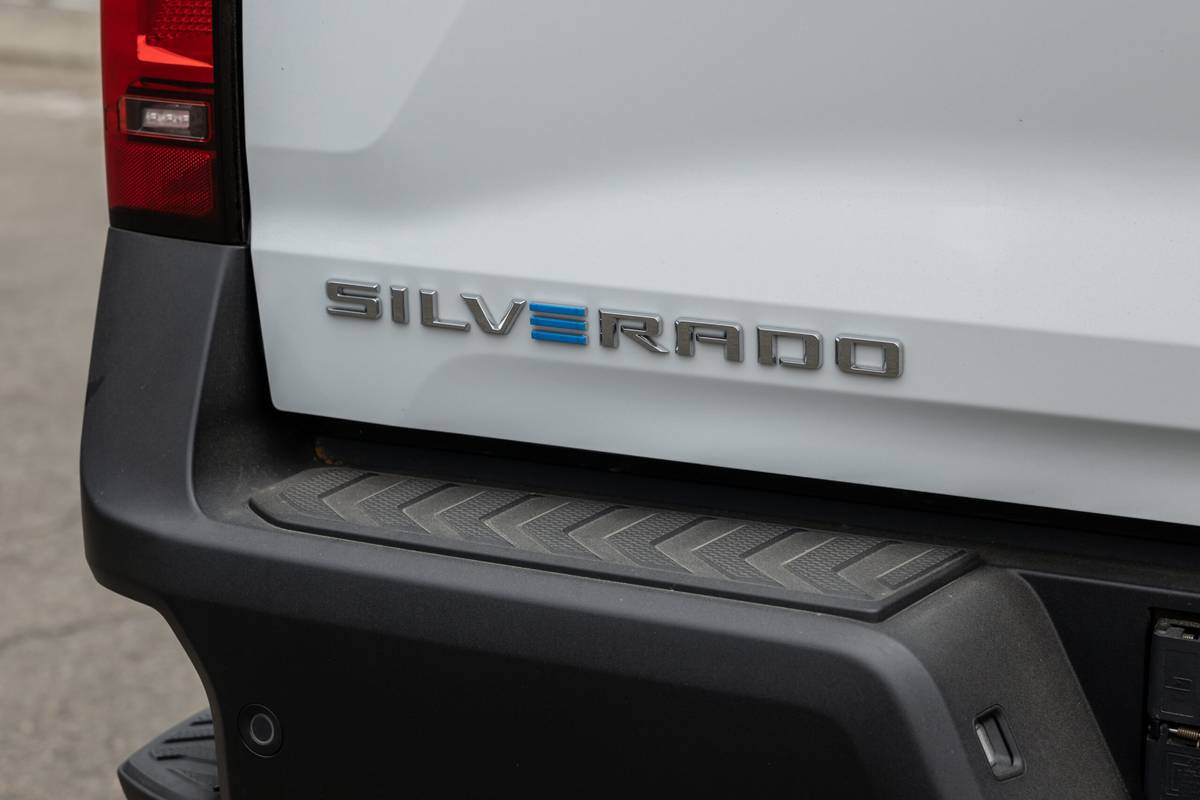
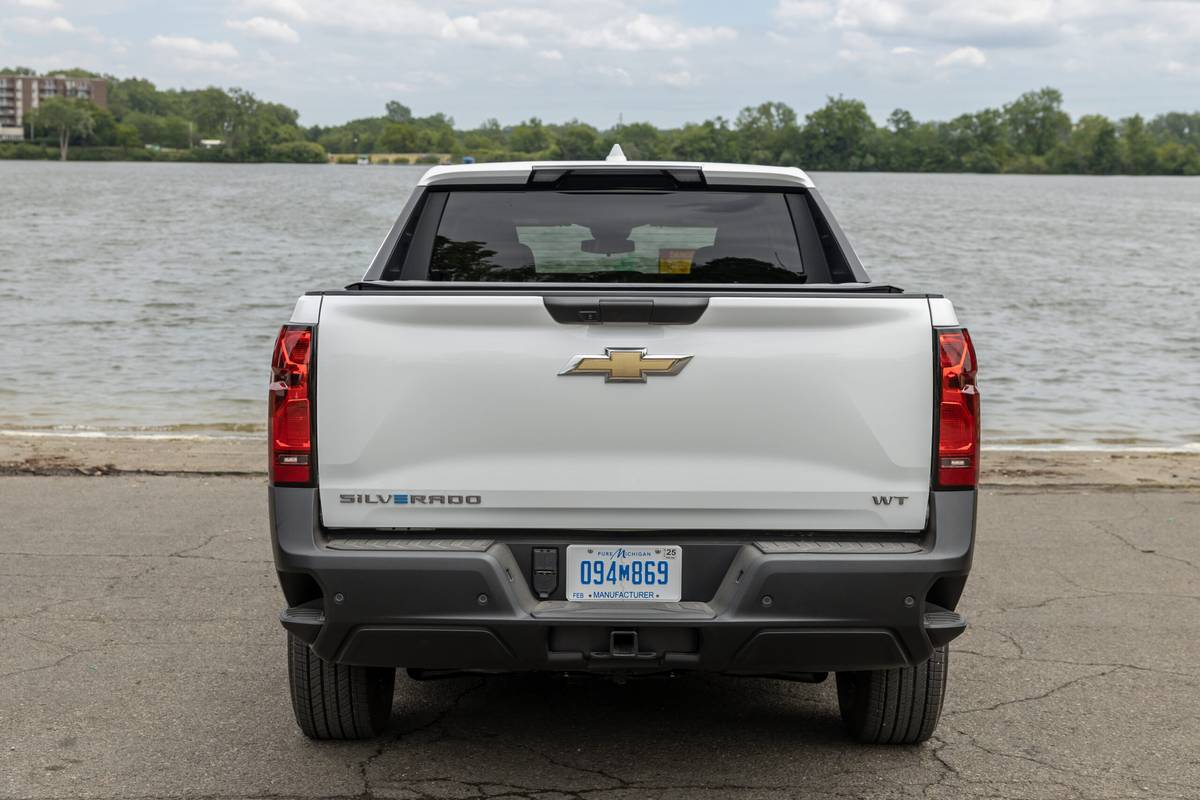
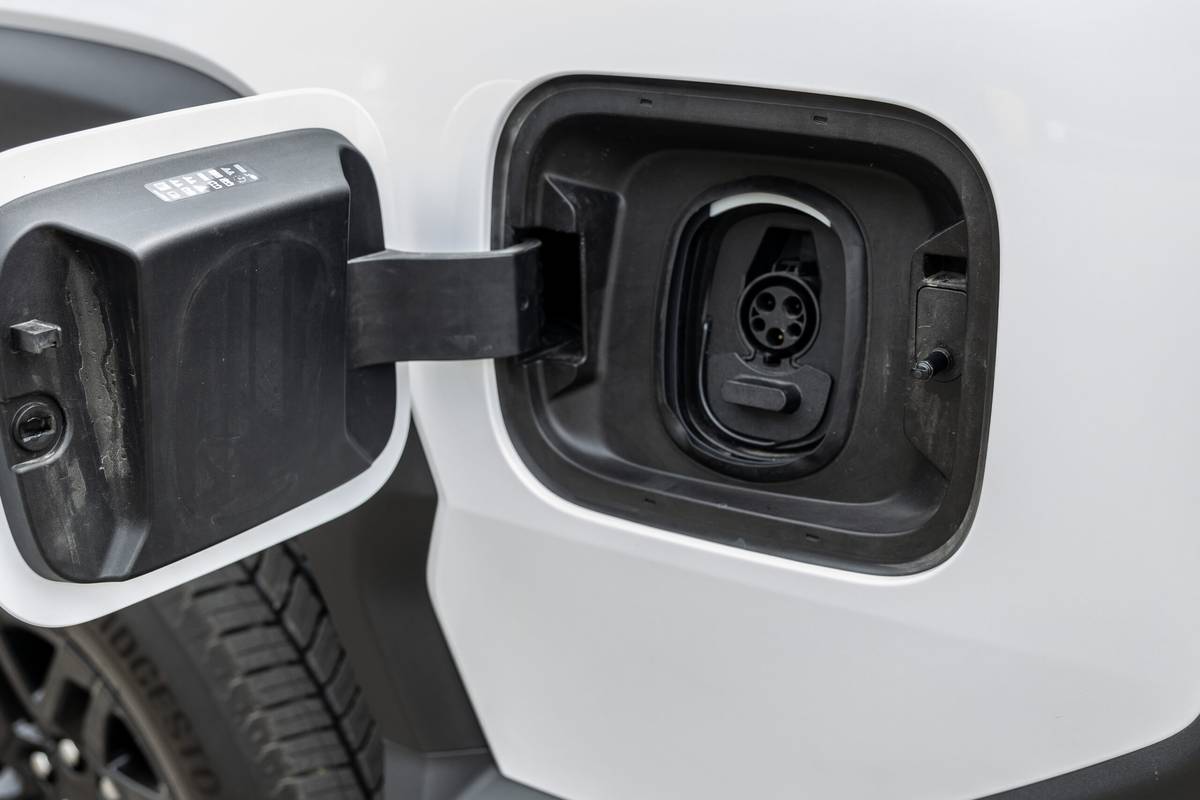
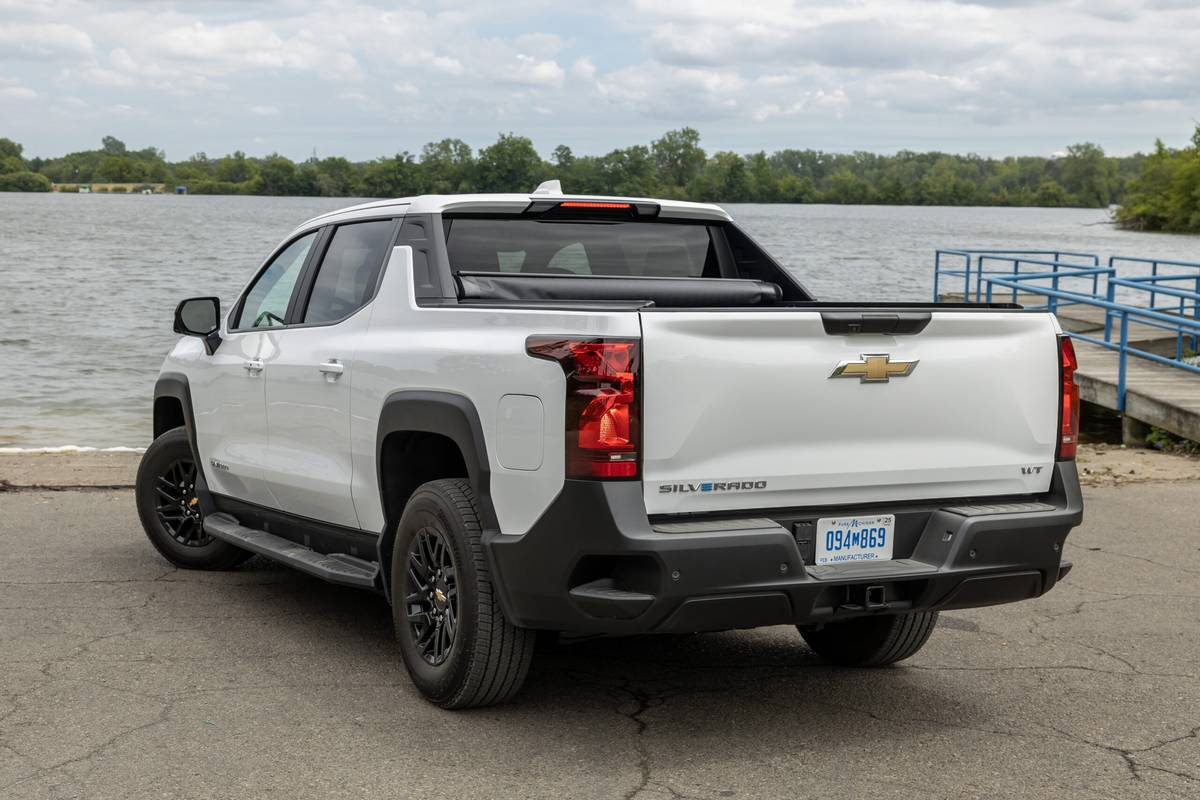
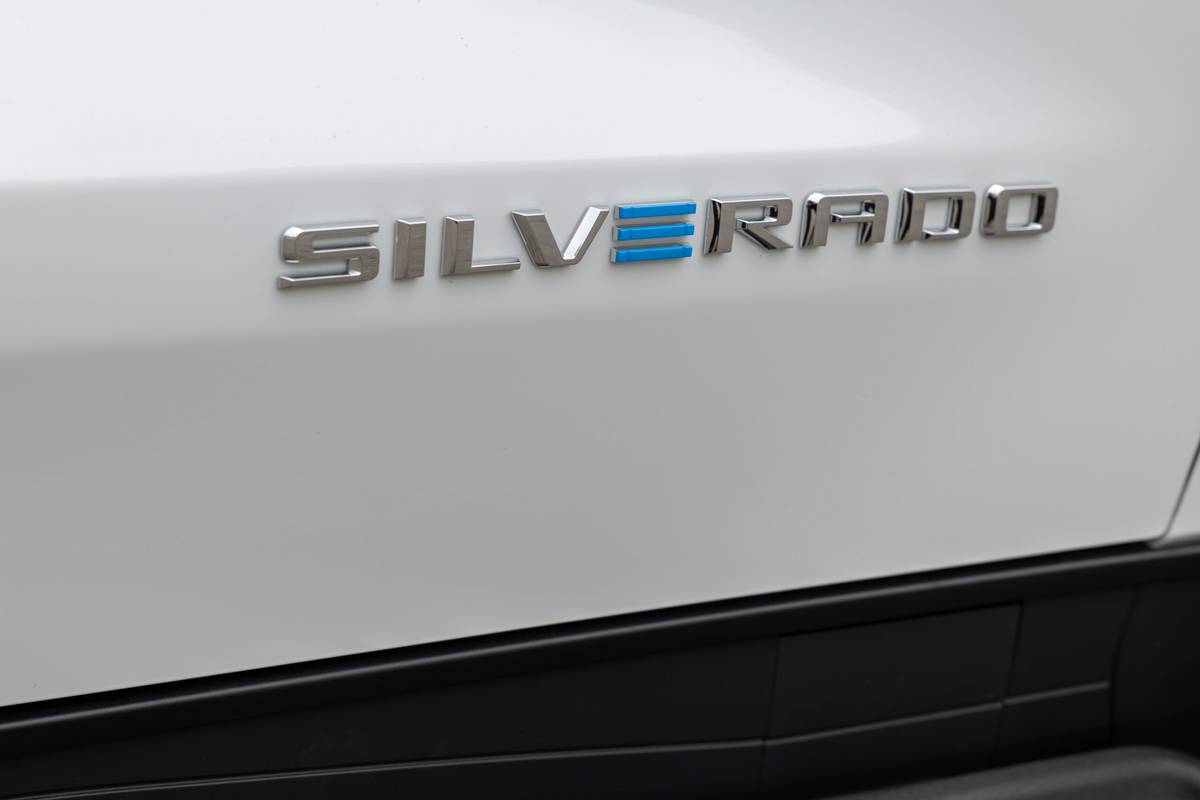
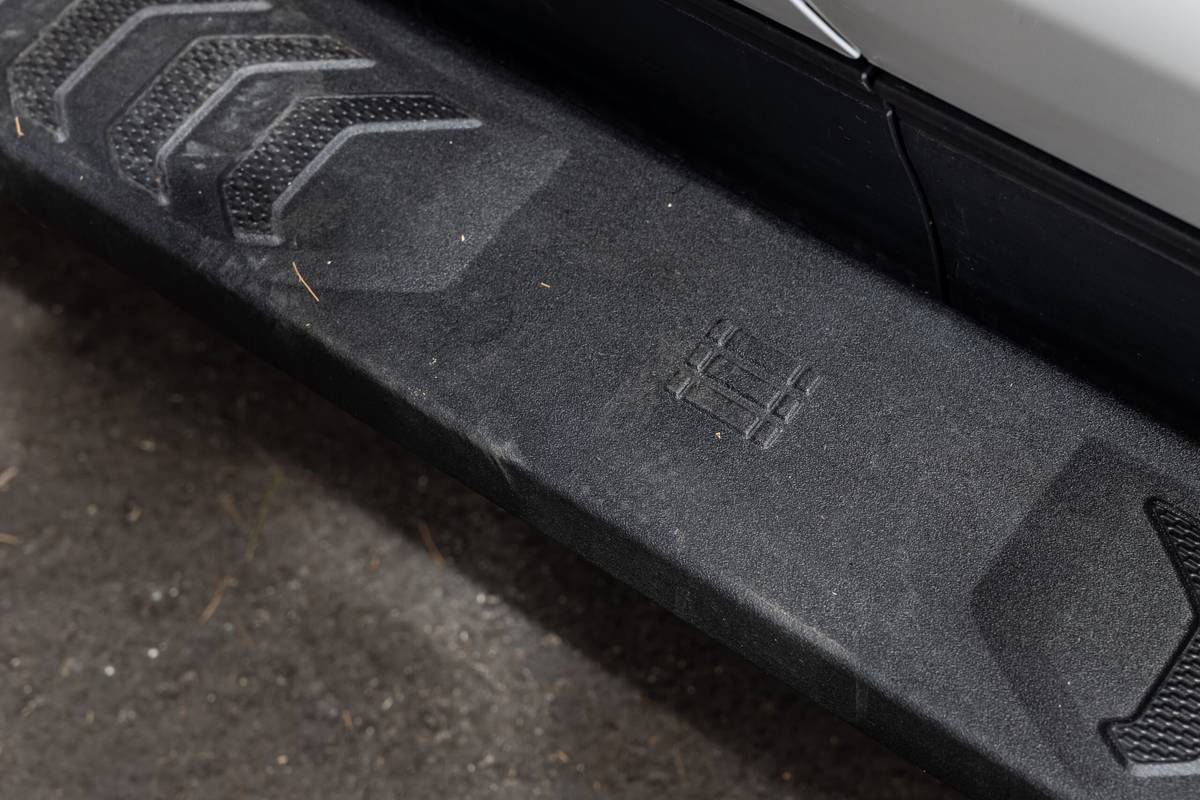
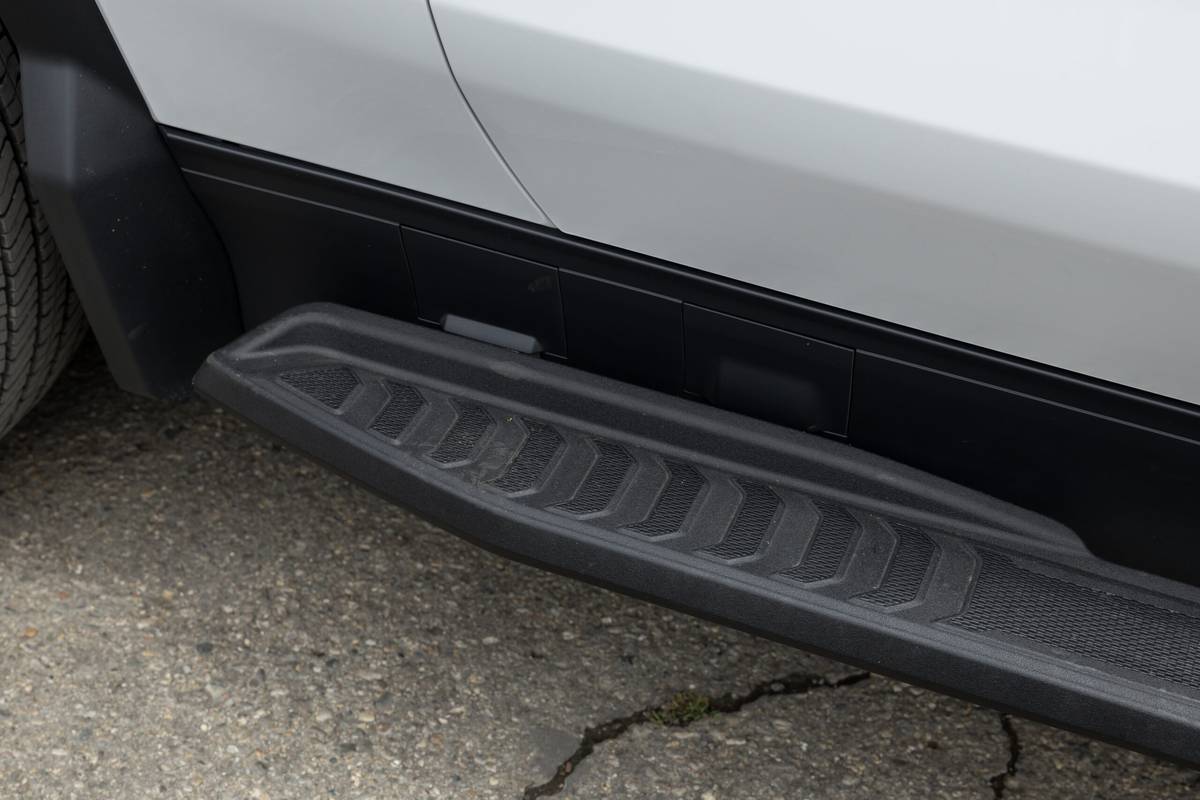
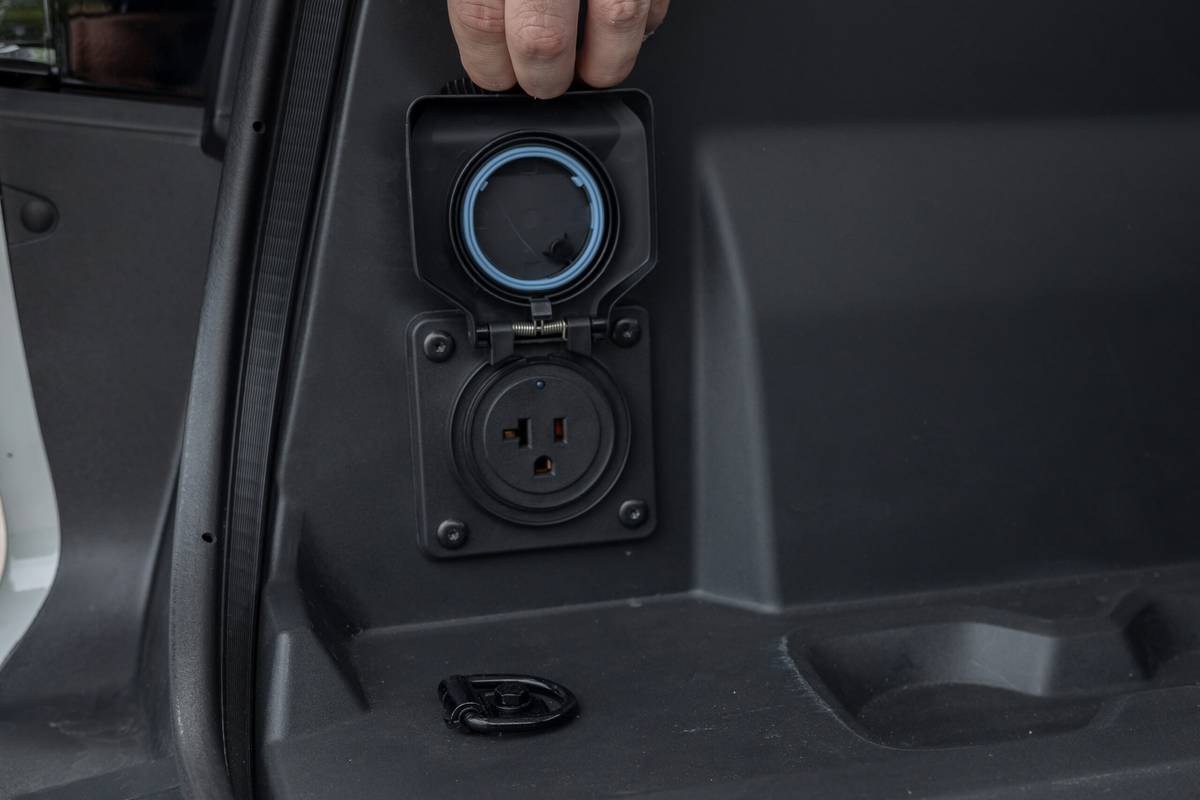
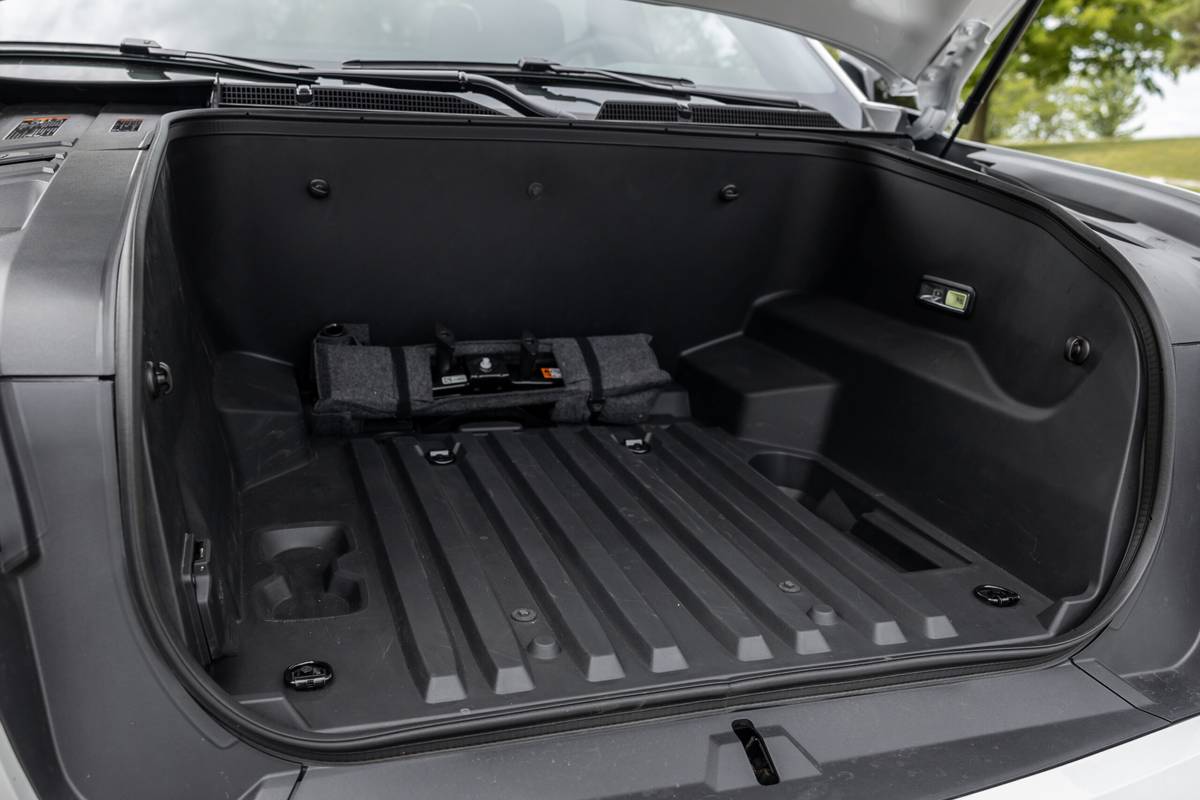

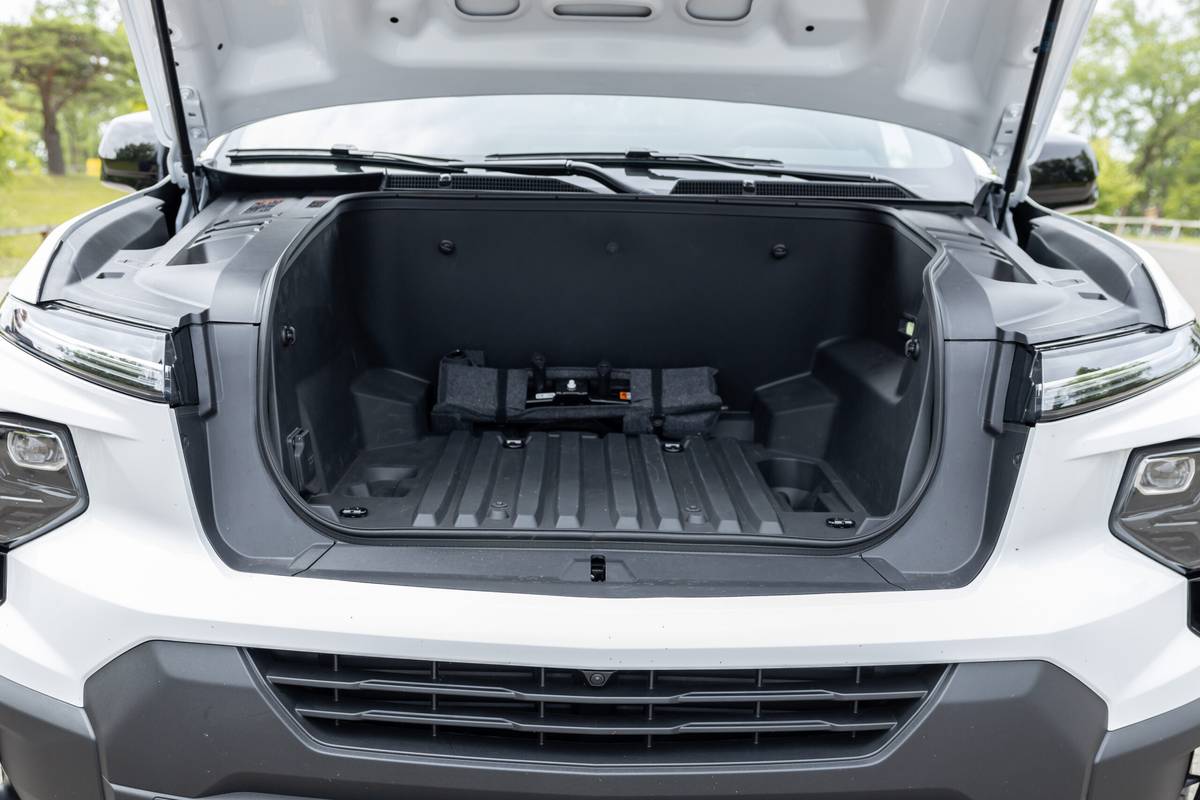
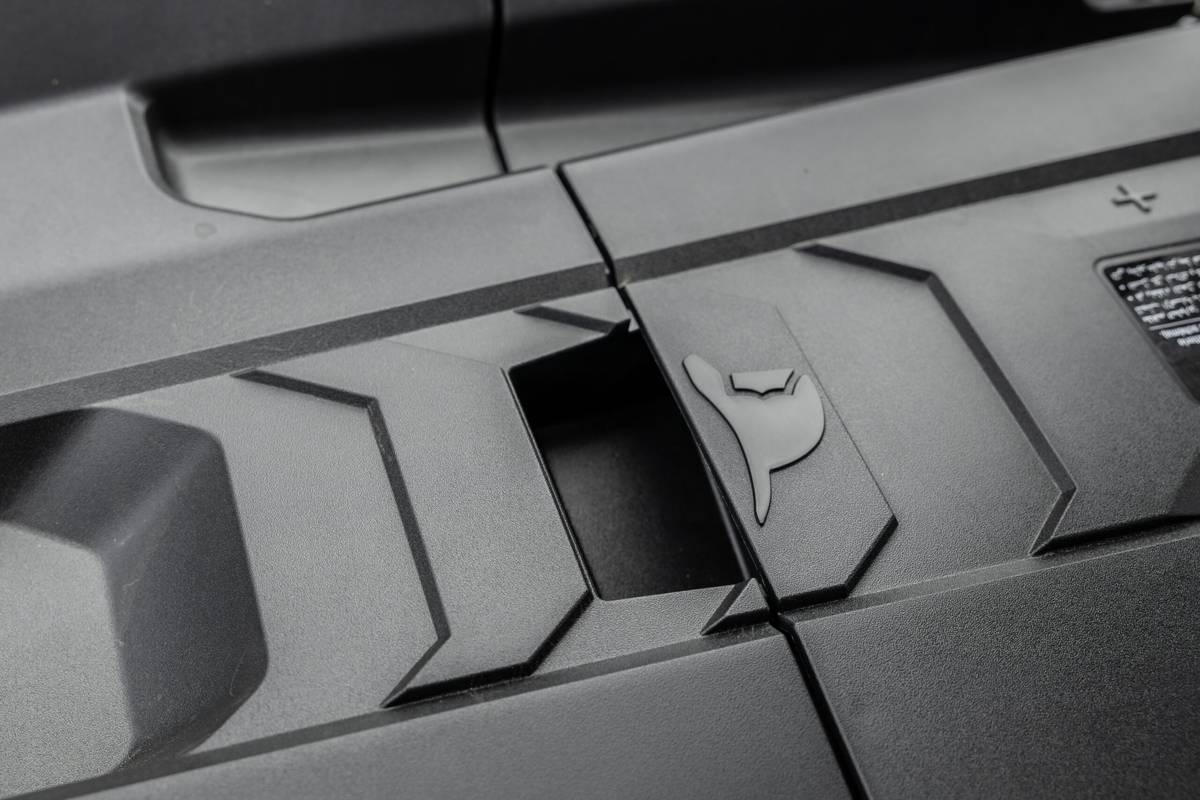
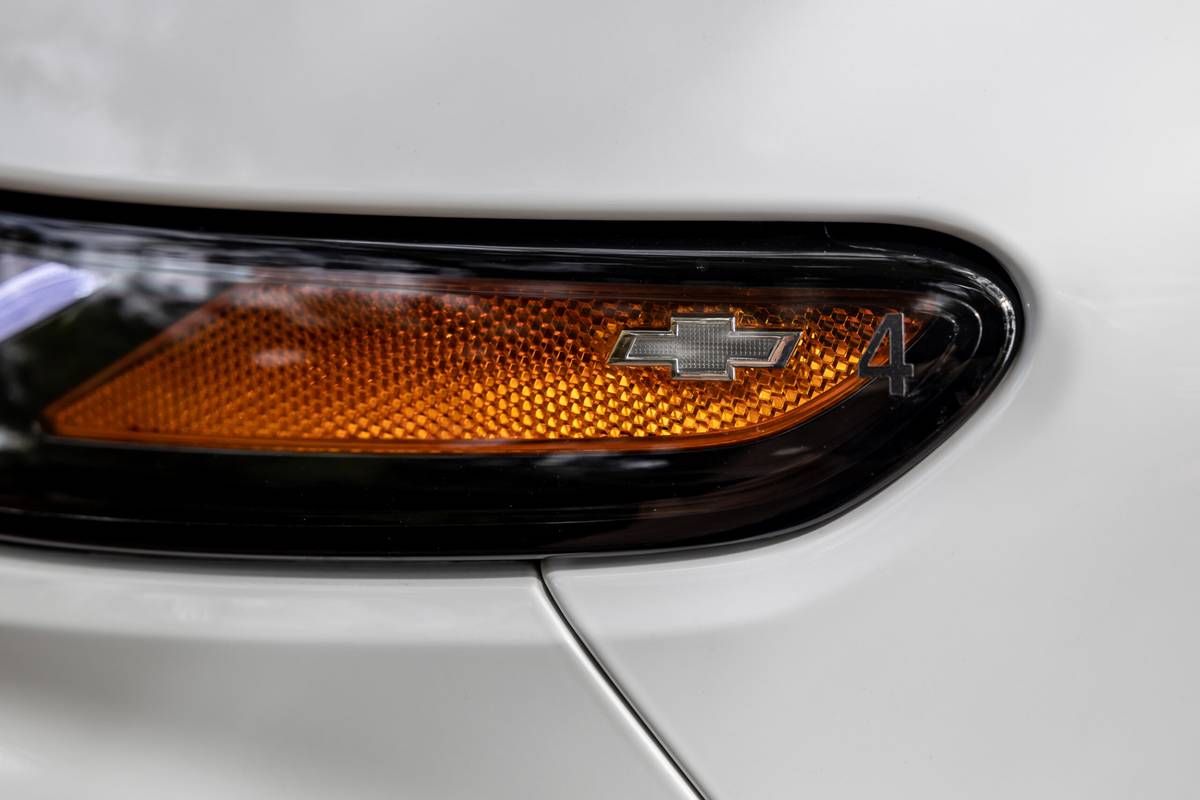
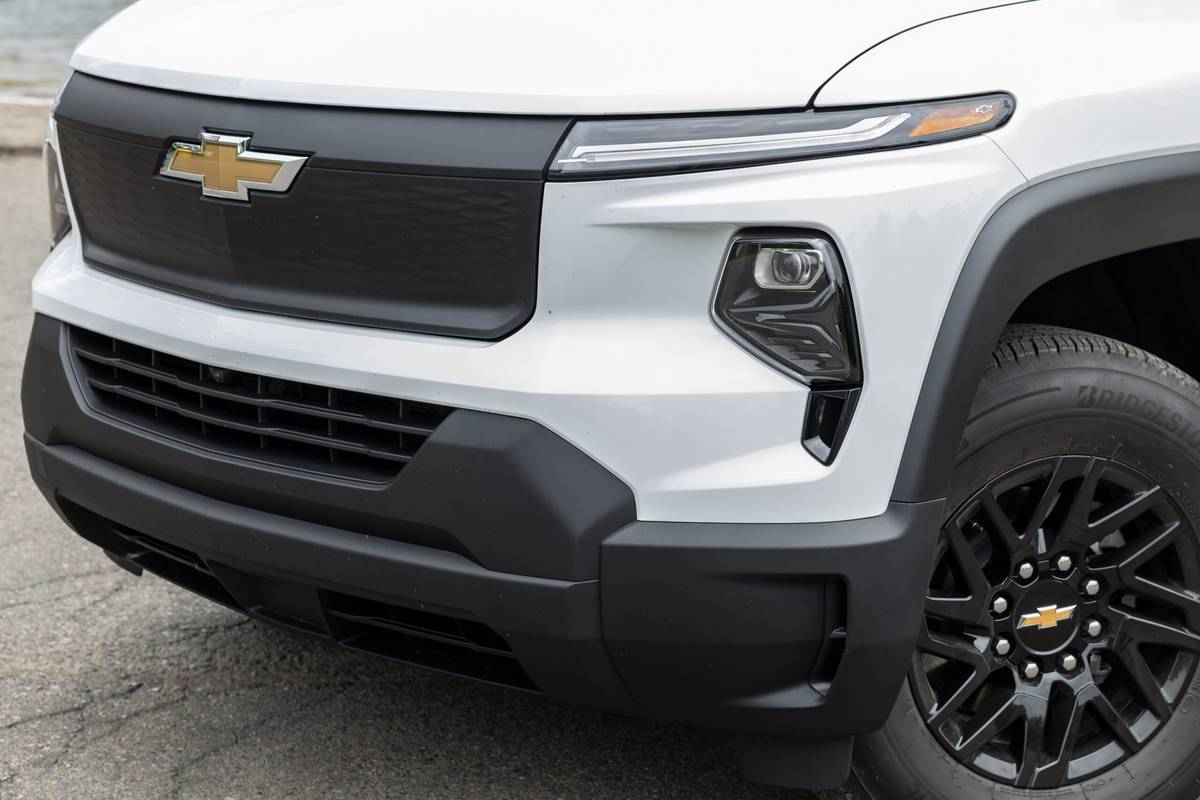
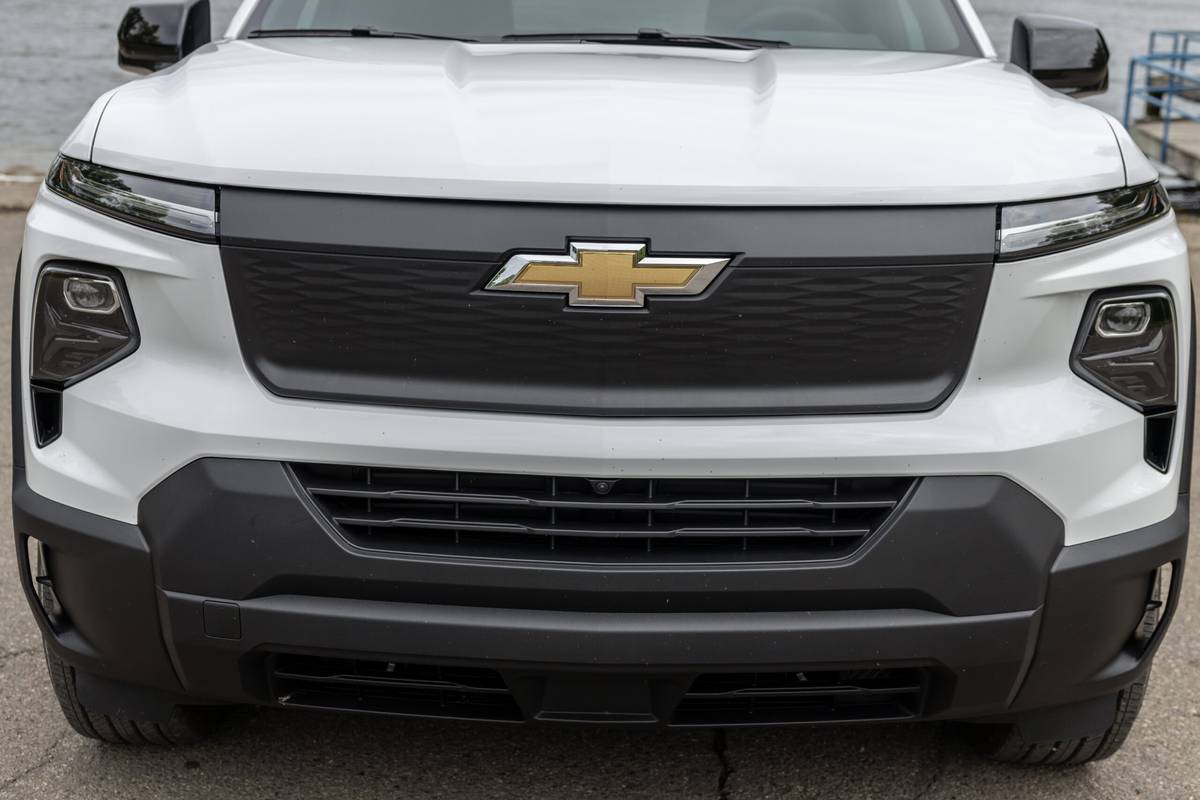
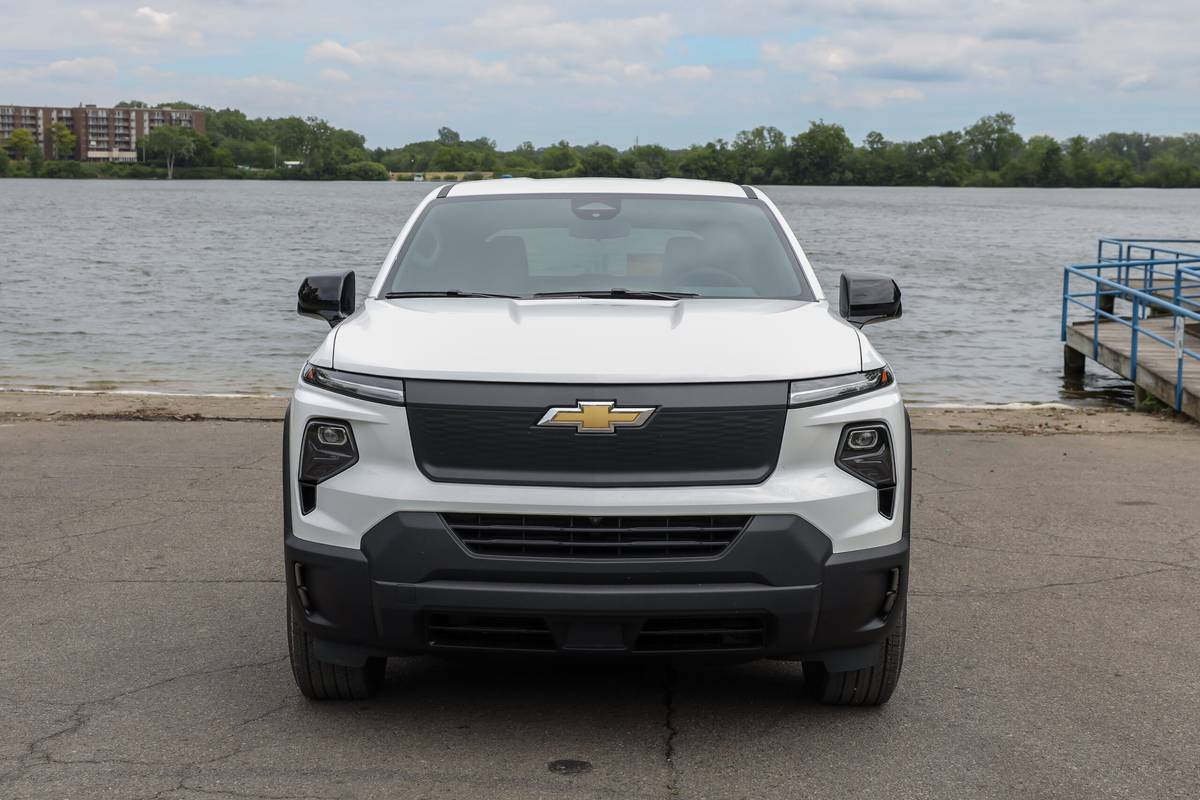
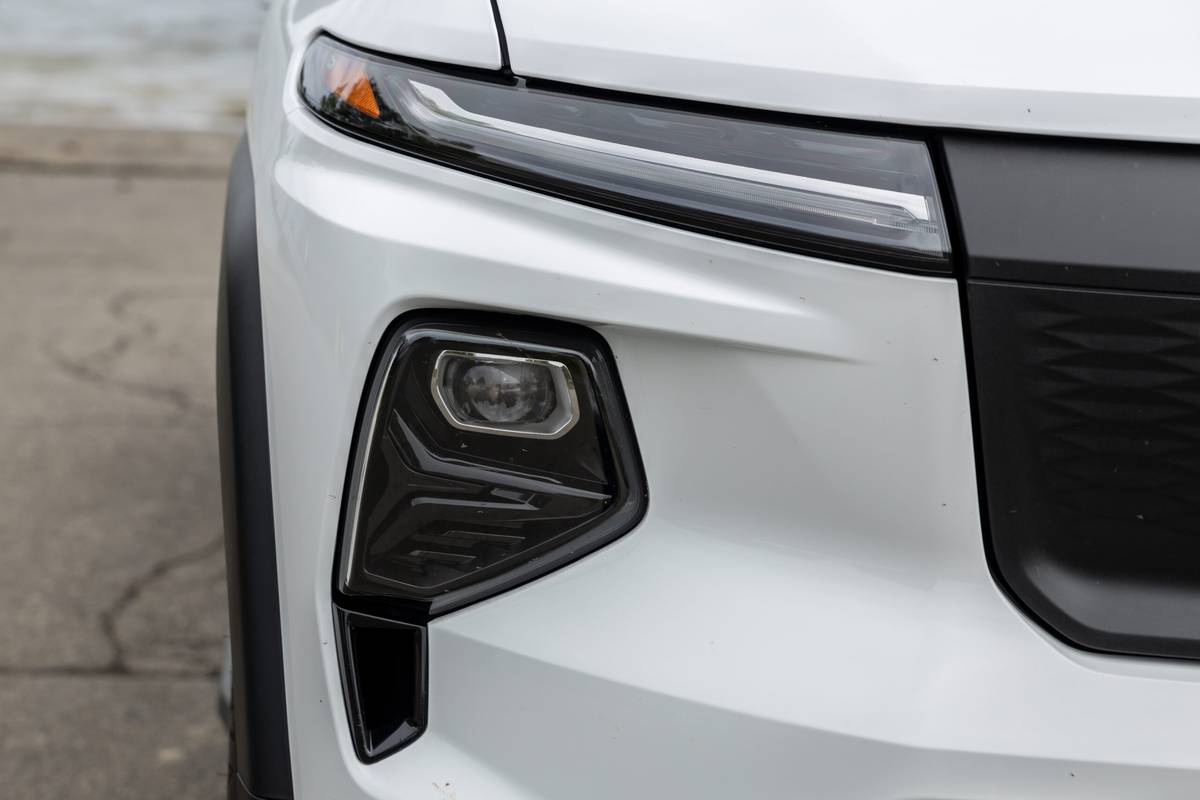

























This is where the Silverado EV WT will be most similar to the RST. For starters, the WT has a dual-motor drivetrain that makes 510 horsepower and 615 pounds-feet of torque; healthy numbers for sure, but well short of the RST First Edition’s maximum 754 hp and more than 785 pounds-feet of torque. Per Chevy engineers, activating Tow/Haul mode in the WT unlocks more than the 510 hp and 615 pounds-feet of torque, but they were coy about how much more. Without a trailer in Tow/Haul, the WT felt slightly quicker but still not as quick as the Ford F-150 Lightning with the extended-range battery pack. The overall experience is more than adequate but not awe-inspiring. Drivers will never feel short on power, but the Silverado EV WT is very heavy — my test truck’s curb weight was 8,532 pounds — and it takes a lot of power to get it moving as quickly as it does. Passing power is similar; there’s enough there, but I never felt like the WT was overwhelmingly powerful. We’ll have to wait to see if the RST feels sportier.
Related Video:
Steering and handling are both trucklike, which feels like damning with faint praise, but hear me out: How agile do you want an 8,500-pound pickup to feel? The steering communicates very little and, despite a low center of gravity thanks to its heavy Ultium battery pack, the WT rolls into corners just like most full-size pickups with 18-inch wheels and lots of tire sidewall. It’s not meant to be a sport truck, though, so this is fine by me.
Braking feel is a bit mushy when using the actual brake pedal, but the Silverado EV WT also has one-pedal driving for those who prefer it. The one-pedal system can be off entirely, on or set to High. In High, the truck comes to a stop too abruptly for my tastes, though I was starting to get the hang of it toward the end of my brief drive. I preferred the basic “on” setting.
Towing Impressions and Charging Considerations
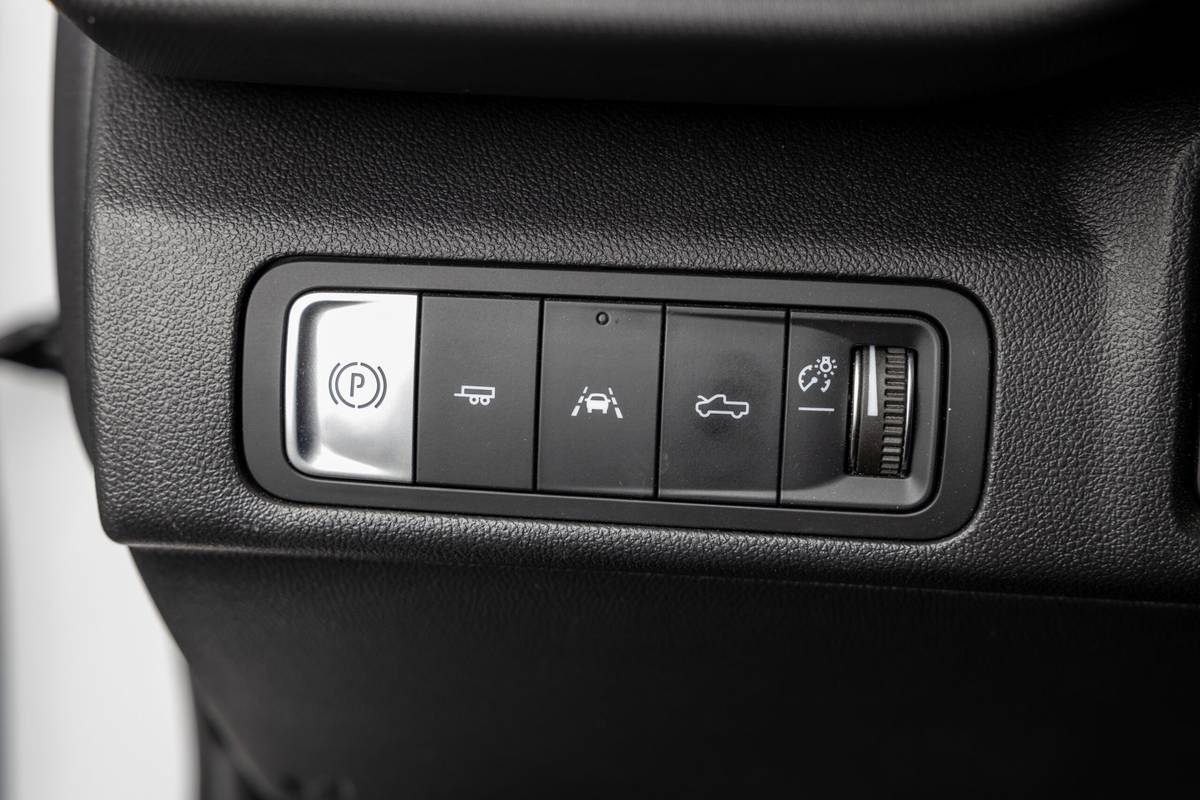
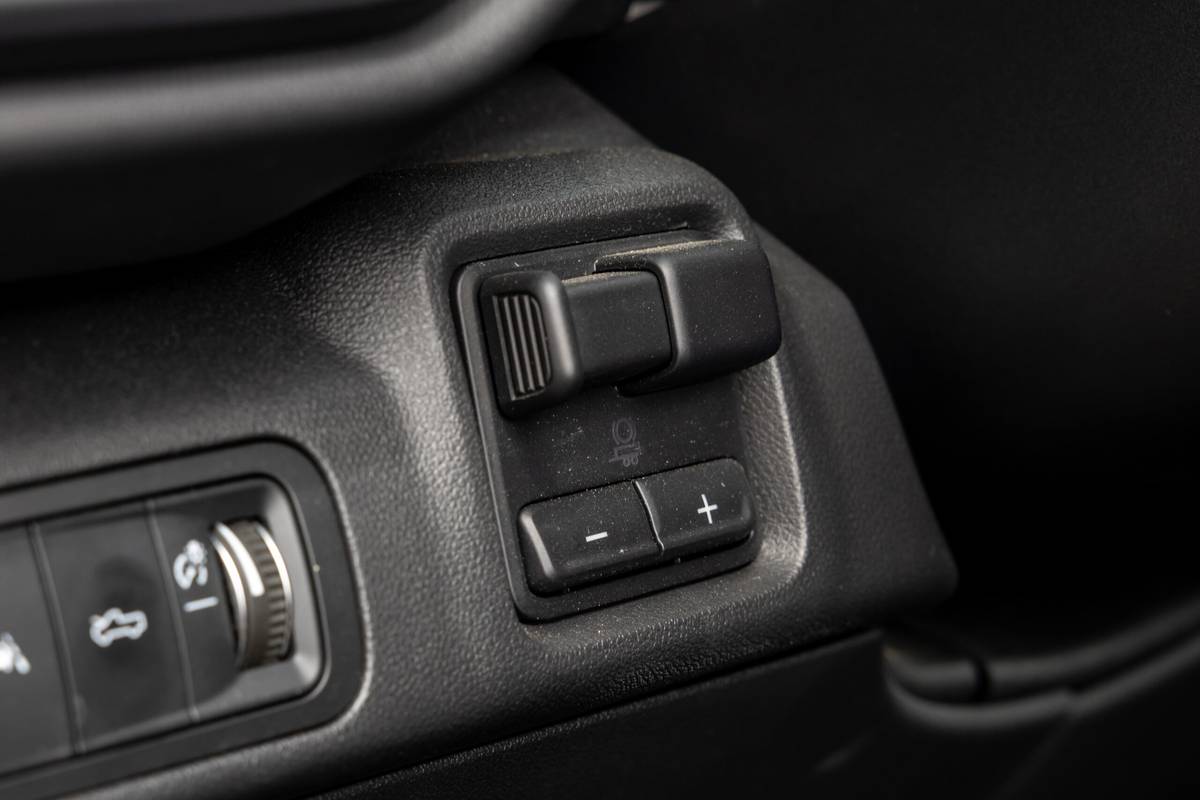

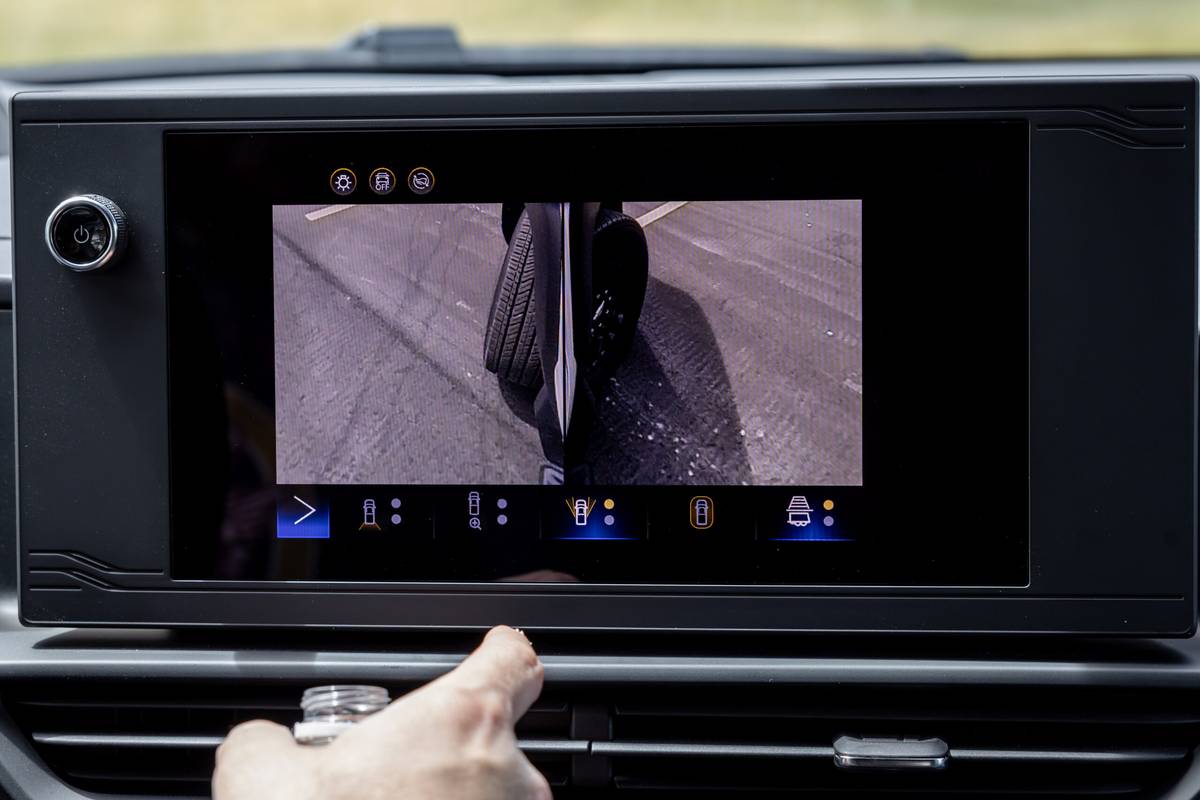


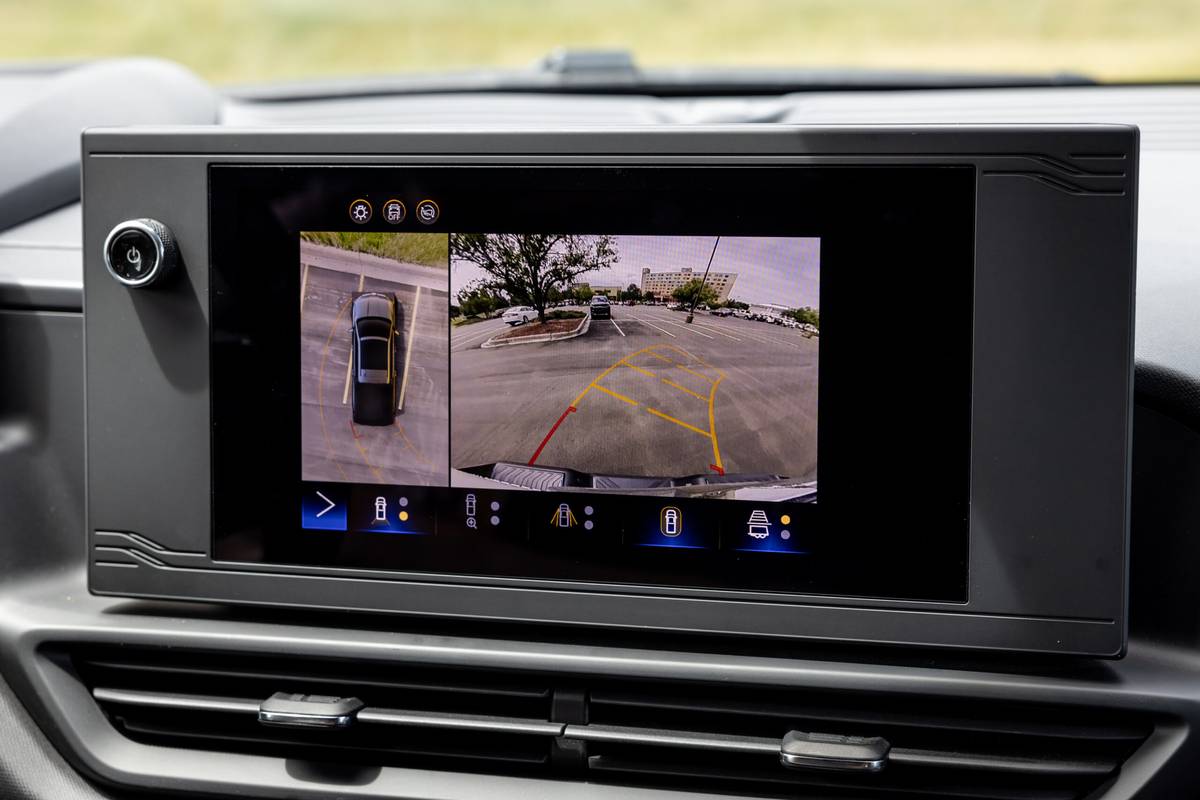

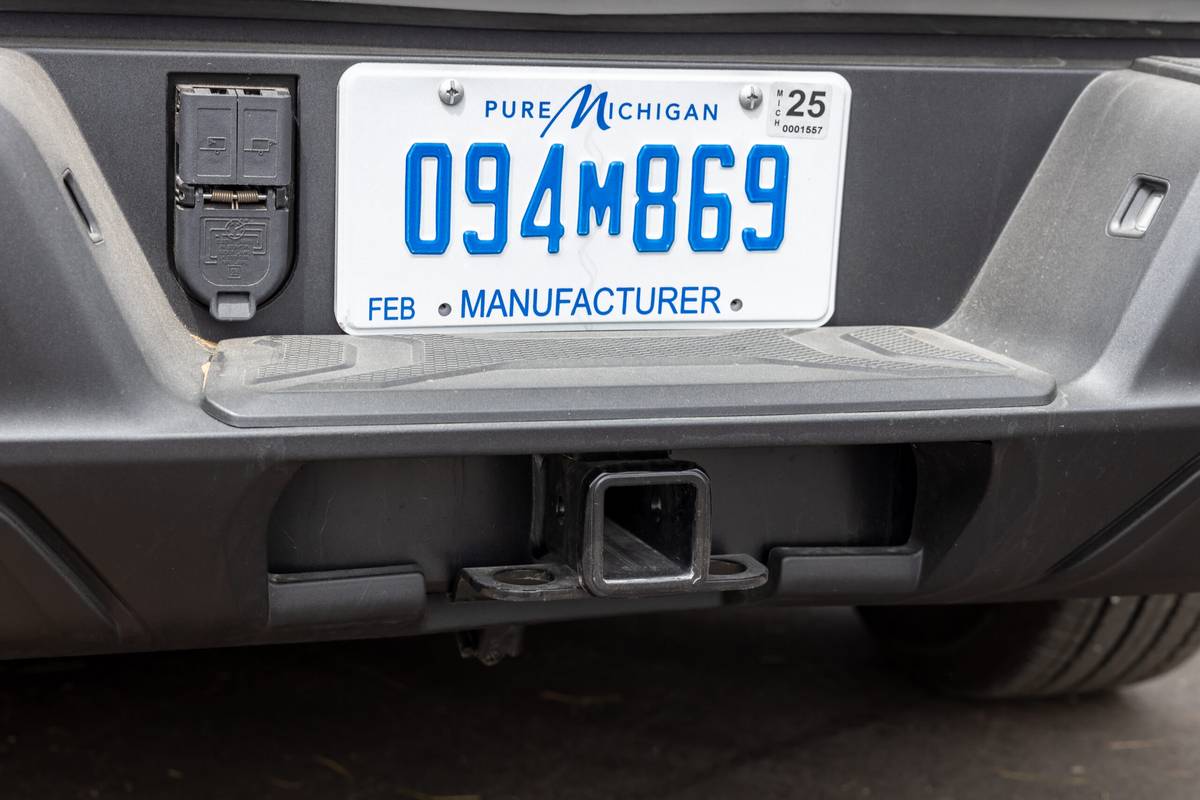
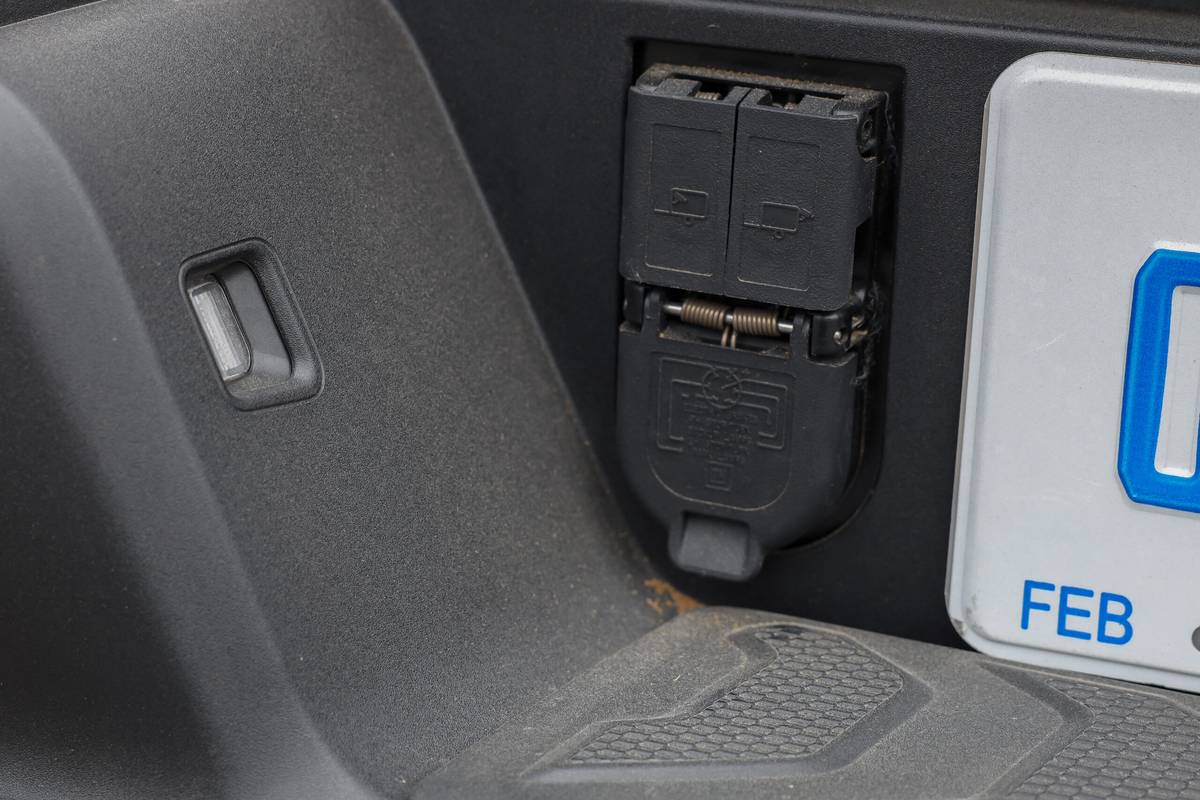










I also towed with the WT, albeit briefly. Its maximum towing capacity is 10,000 pounds, and the Silverado EV WT easily handled a large tractor on a flatbed trailer weighing roughly 9,000 pounds combined. The truck felt stable at highway speeds and visibility was adequate, though I would have preferred larger towing mirrors for a better view. Range will drop by roughly 50% with this type of trailer and cargo hooked up, but that’s not out of the ordinary for electric or gas-powered trucks when towing a heavy trailer. Payload capacity for the 4WT is around 1,440 pounds.
The good news for owners is that the Silverado EV WT has an EPA-rated 450 miles of range on a full battery. Losing half that when towing doesn’t leave a great amount of range, but 225 miles sounds so much better than, say, the 160 you might have when towing with an F-150 Lightning with the extended-range battery.
The Silverado EV WT is also ready for the long haul with a maximum DC fast-charging rate of 350 kilowatts; charging at this rate requires ideal conditions and charging equipment capable of supplying this level of power, but in those ideal conditions, the Silverado EV can add around 100 miles of range in 10 minutes of charging. The F-150 Lightning maxes out at 150 kW, and Ford says Lightnings with the extended-range battery can add 54 miles of range in 10 minutes. GM, like Ford and Rivian, has also announced a partnership with Tesla that will enable its EVs to charge at Tesla Superchargers.
Finding higher-speed public charging that can feed the Silverado EV its maximum rate can be difficult, but more stations are popping up day by day. Another thing to consider is the layout of most public charging stations: Not many are pull-through stations, meaning drivers who are towing may have to unhitch their trailer before plugging in. That’s not ideal.
The Silverado EV’s navigation system can handle route planning with charging, which should make longer trips easier to plan and undertake. We didn’t do any charging during our short drive, but we’re looking forward to testing the Silverado EV’s charging capabilities in the future.
More From Cars.com:
- What to Know Before Purchasing an Electric Vehicle: A Buying Guide
- Up Close With the 2024 Chevrolet Silverado EV RST First Edition
- 2024 GMC Sierra EV Joins Growing Avalanche of EV Pickups With Denali Edition 1
- Up Close With the 2024 GMC Sierra EV Denali Edition 1
- Living With a GMC Hummer EV: 5 Things You Need to Know
Bare-Bones Interior, But With Surprising Flair

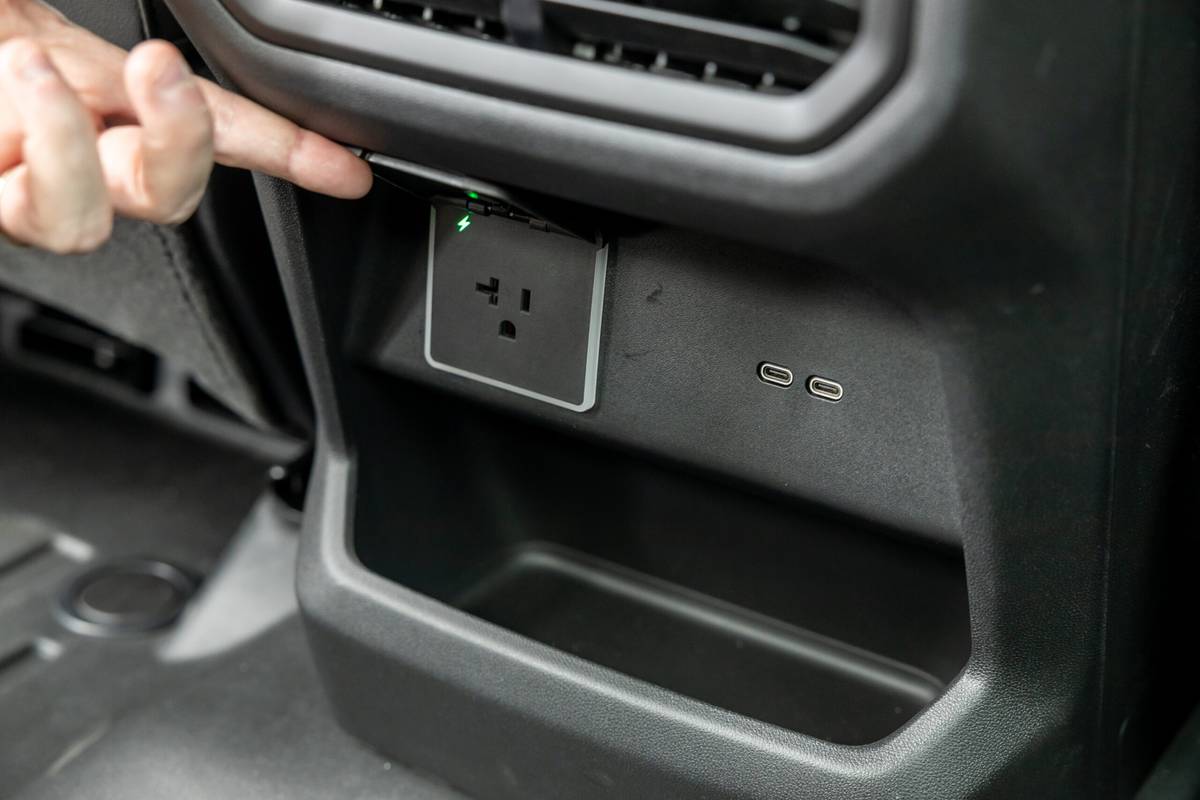

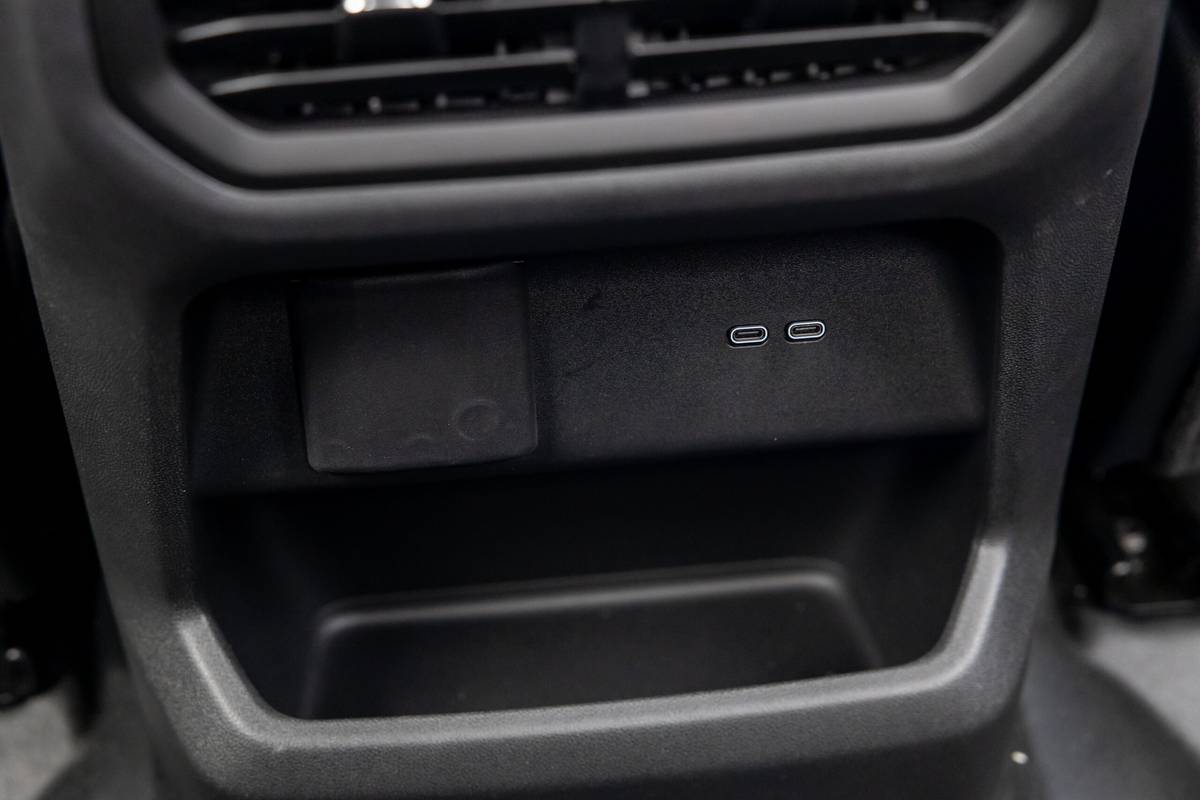

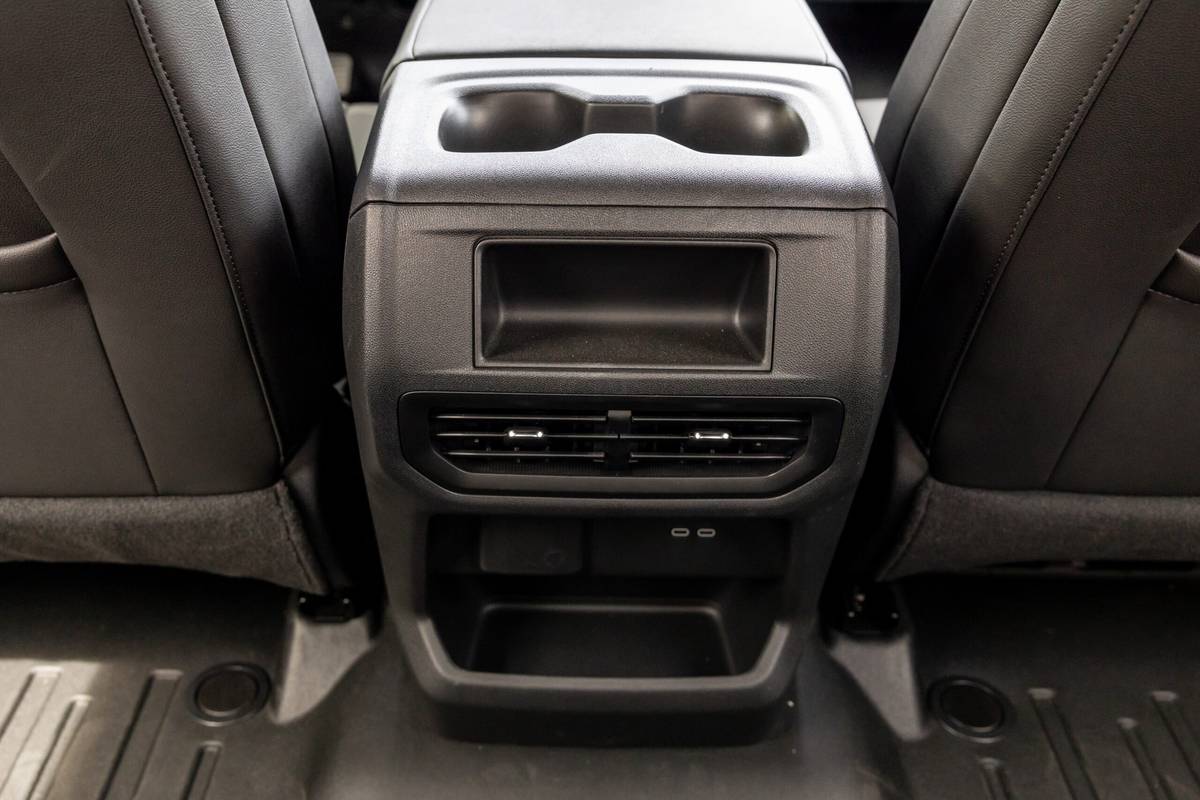

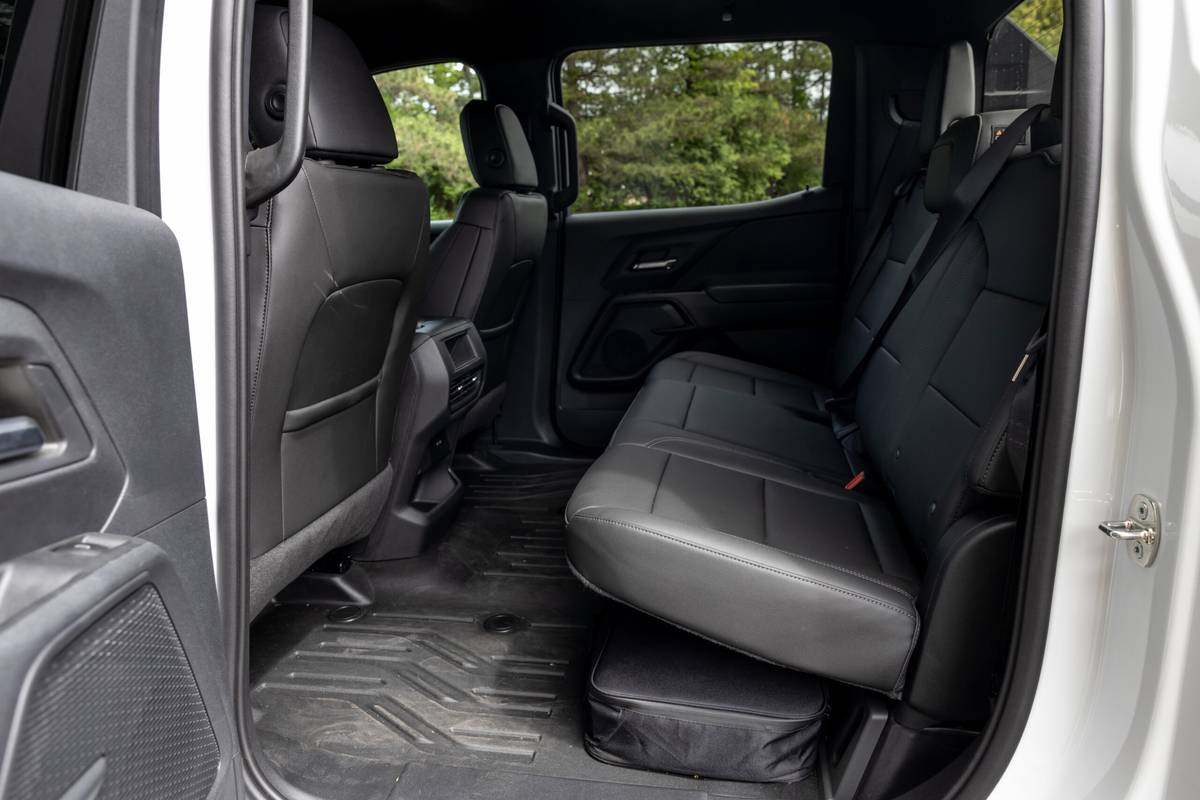
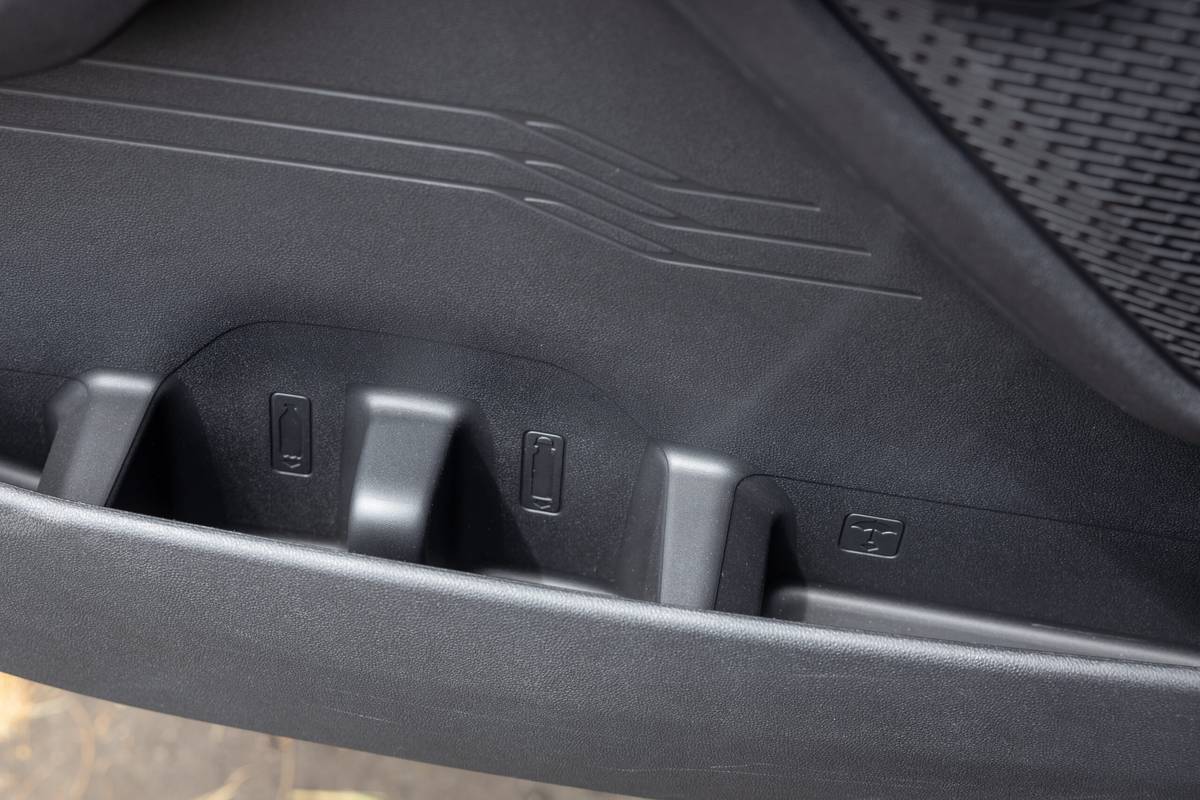

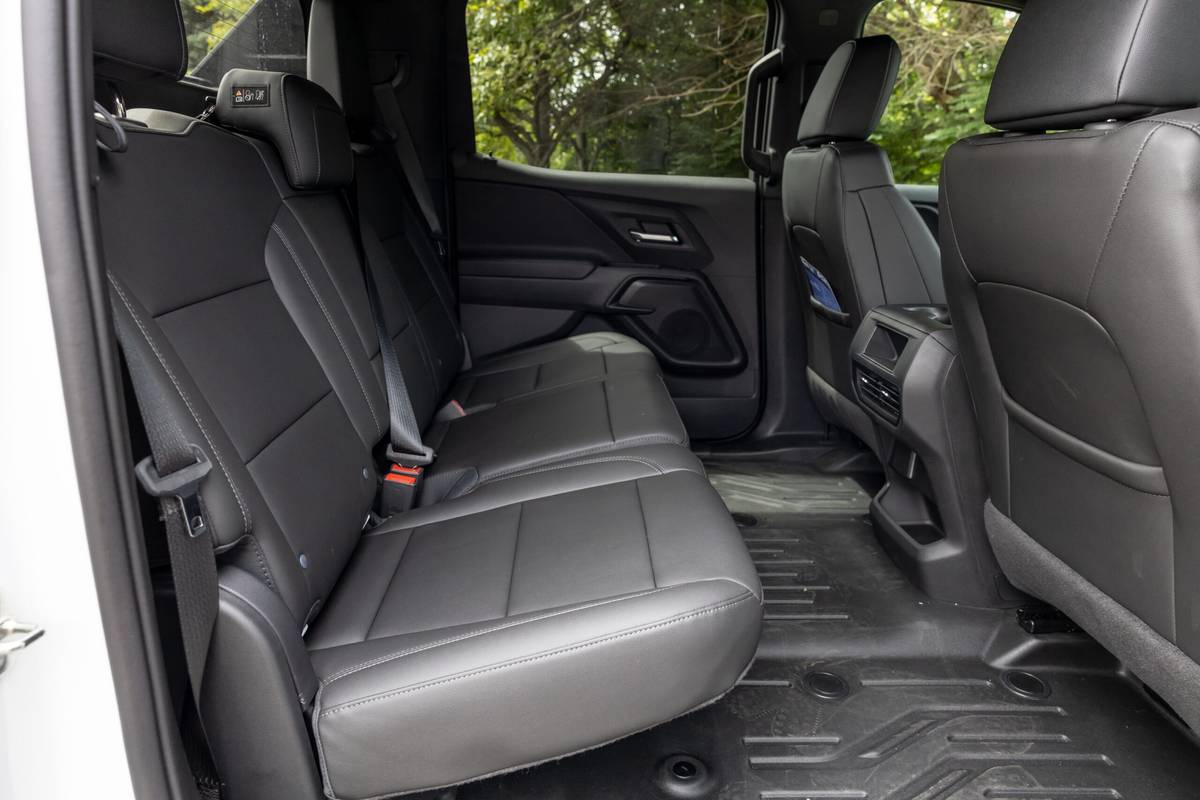
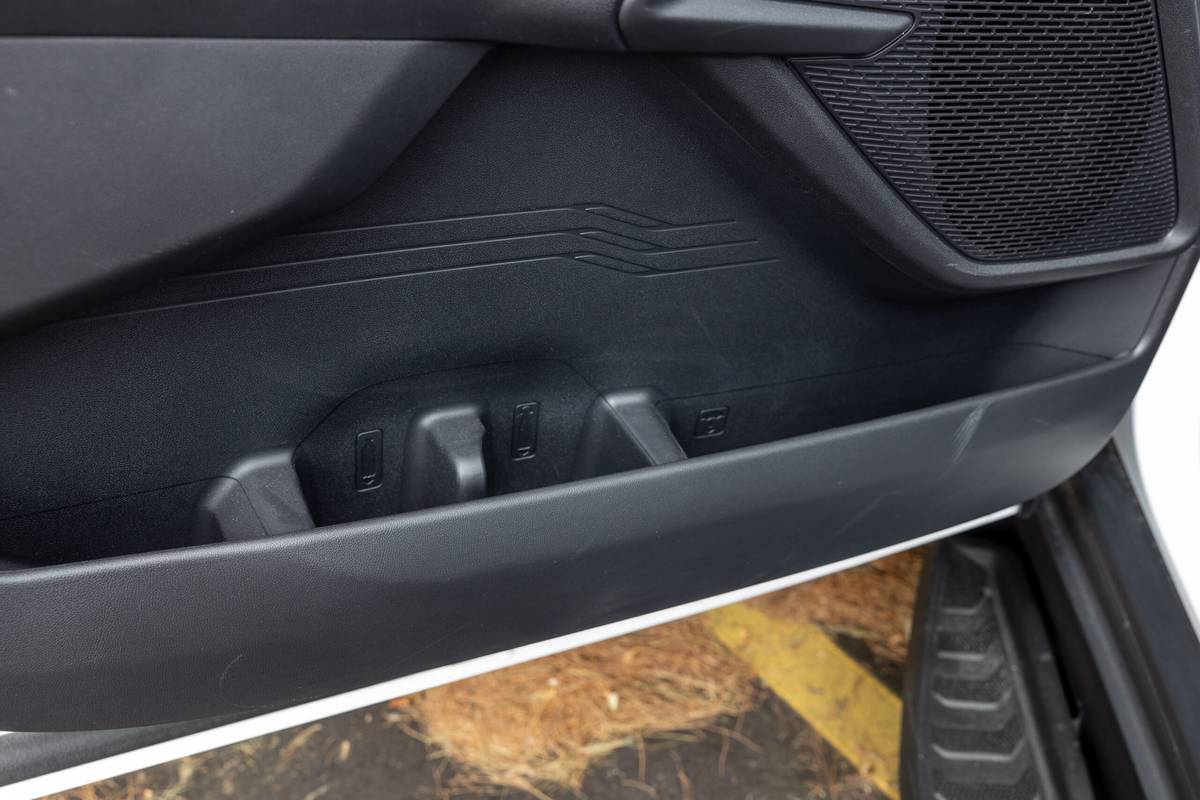

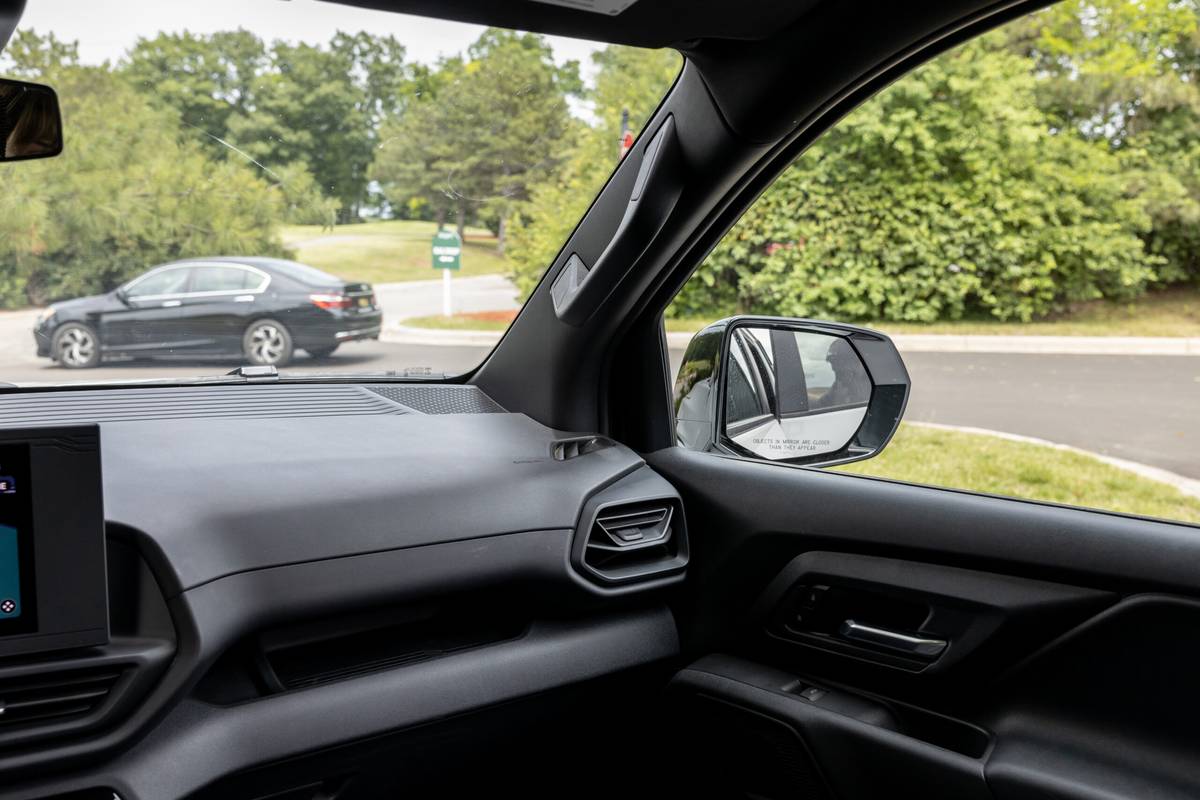
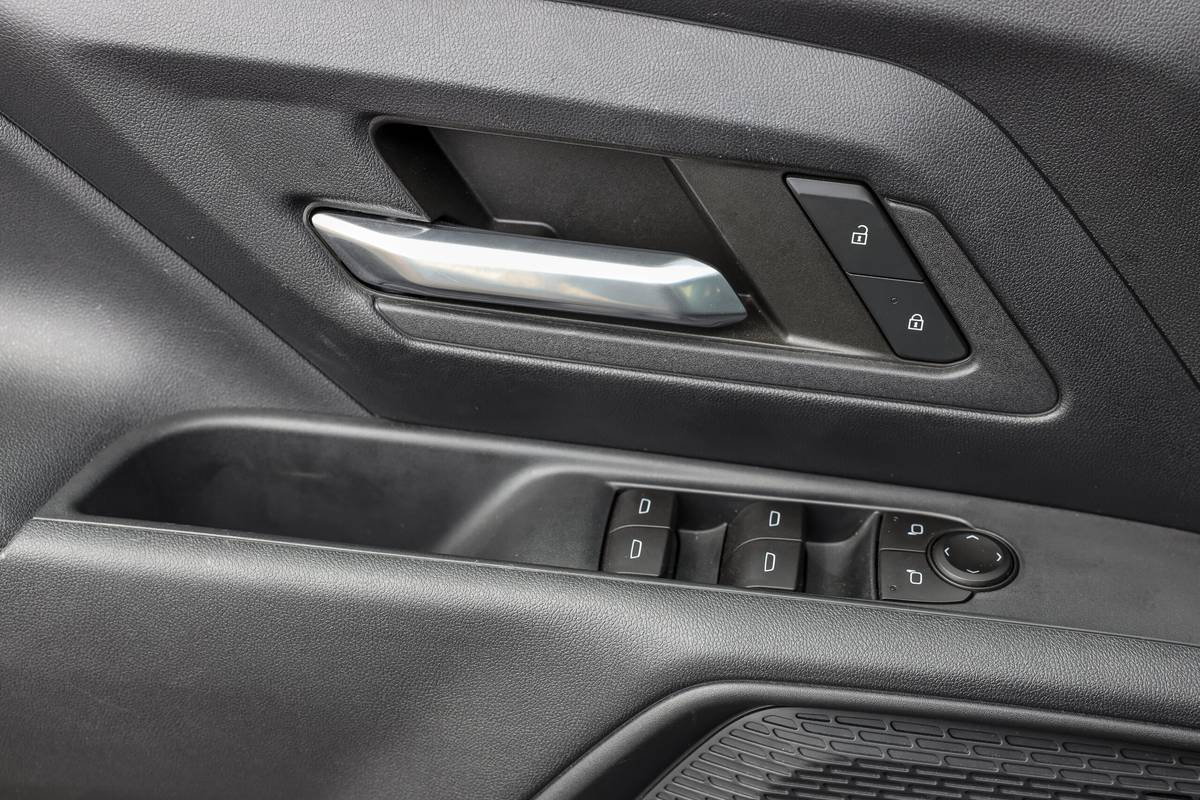


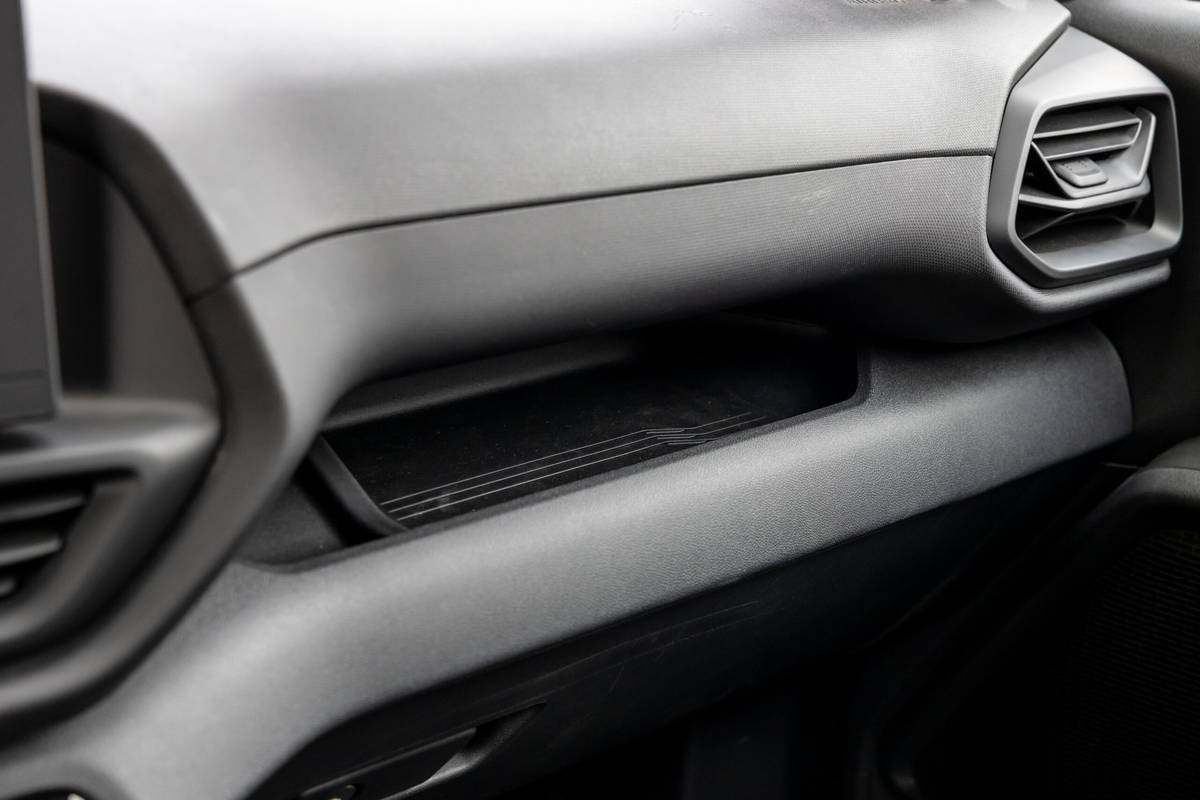
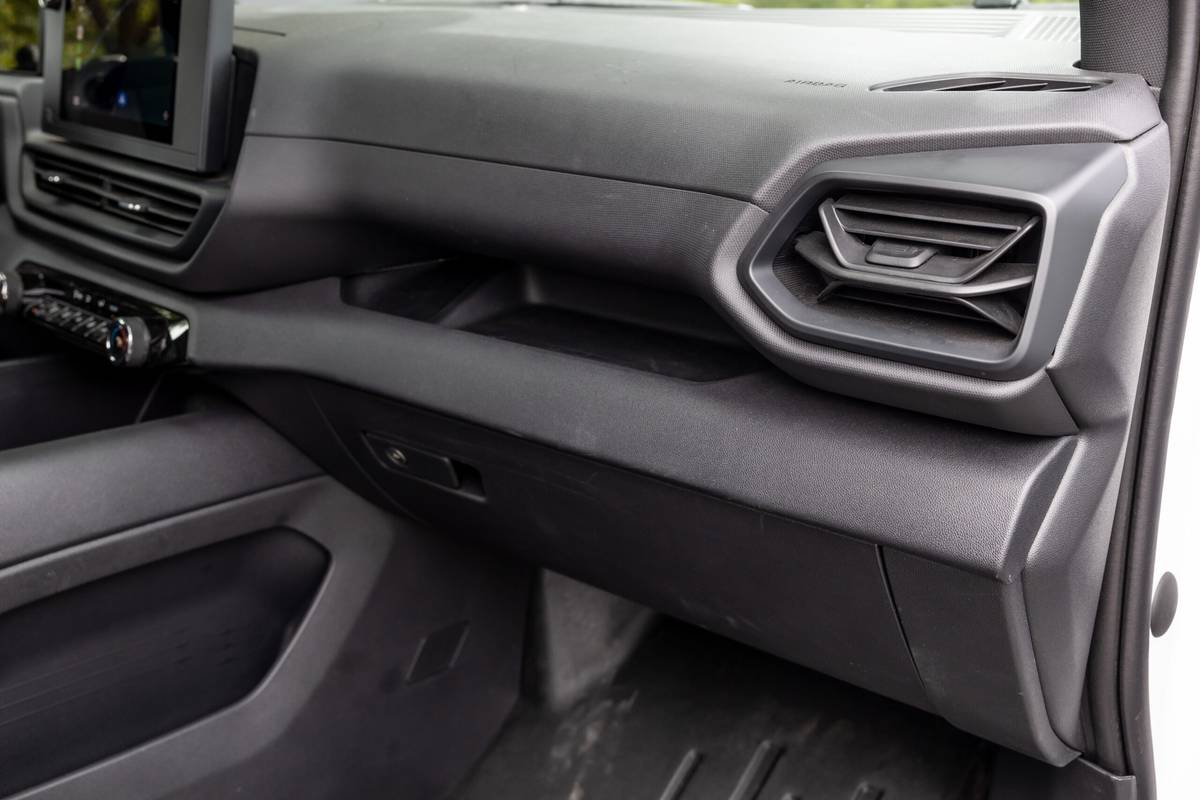
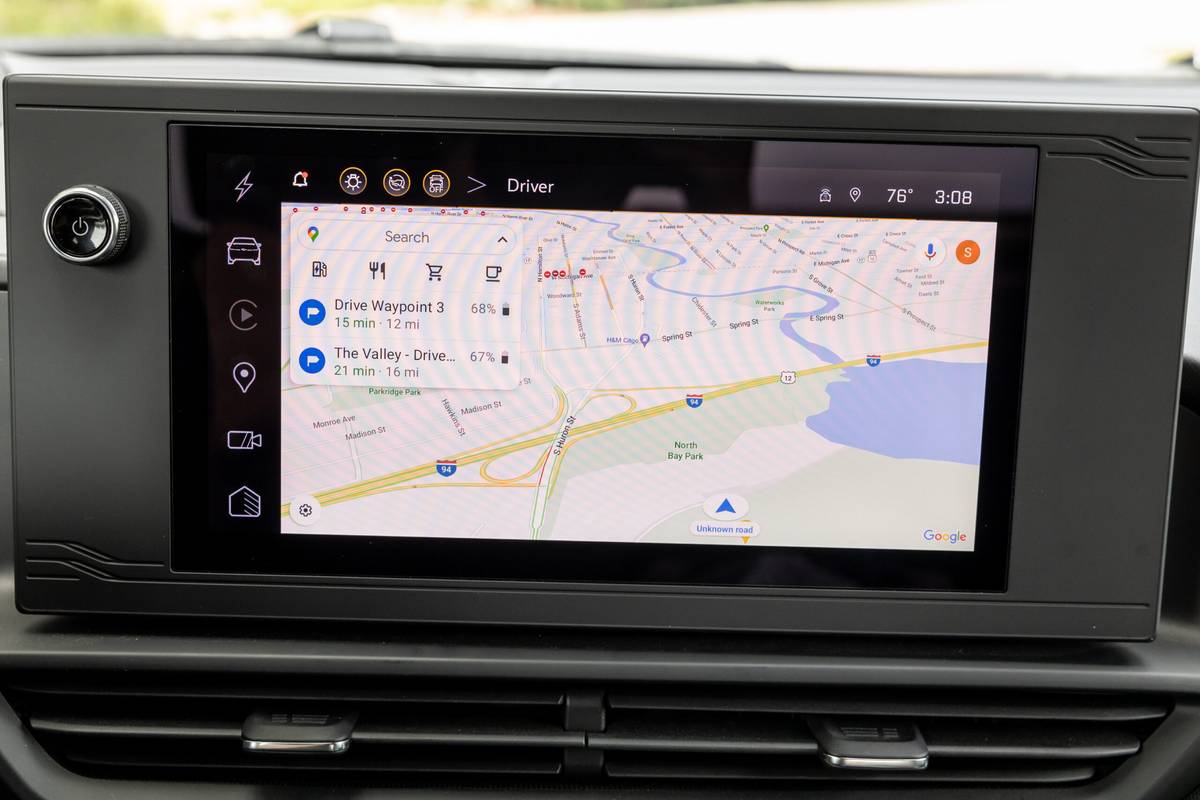
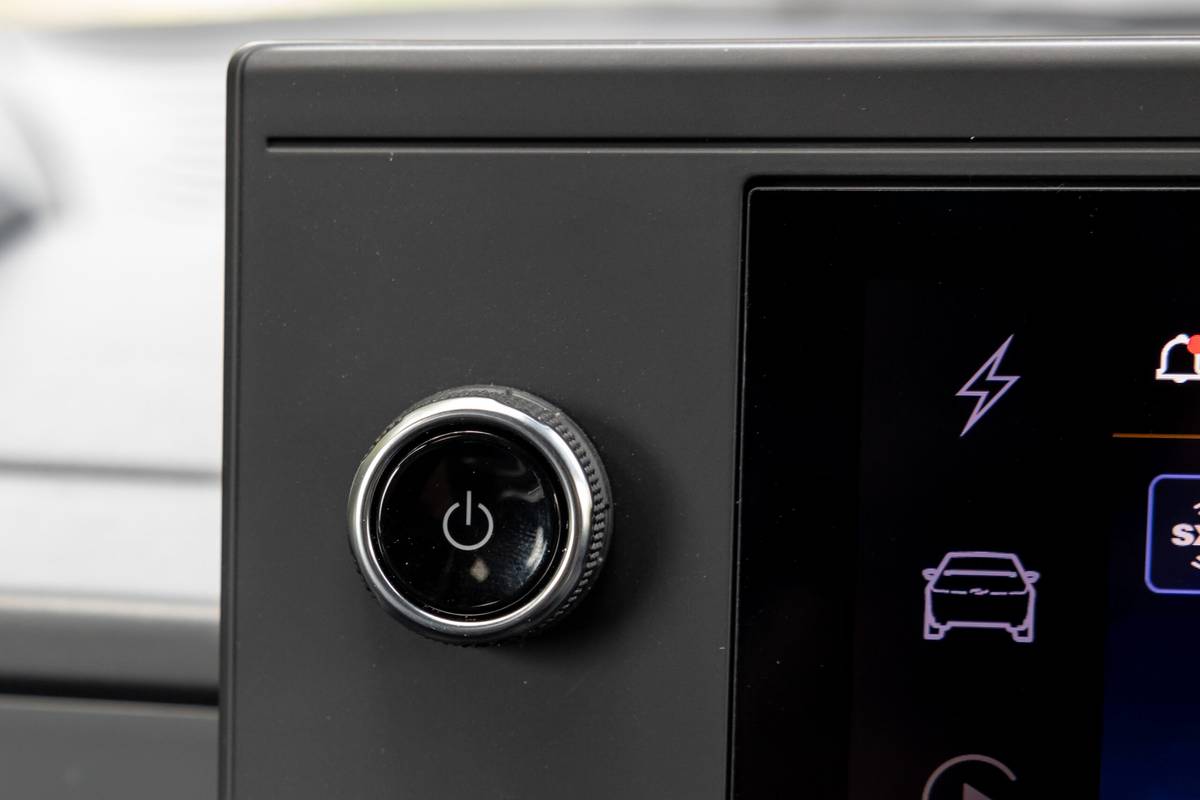
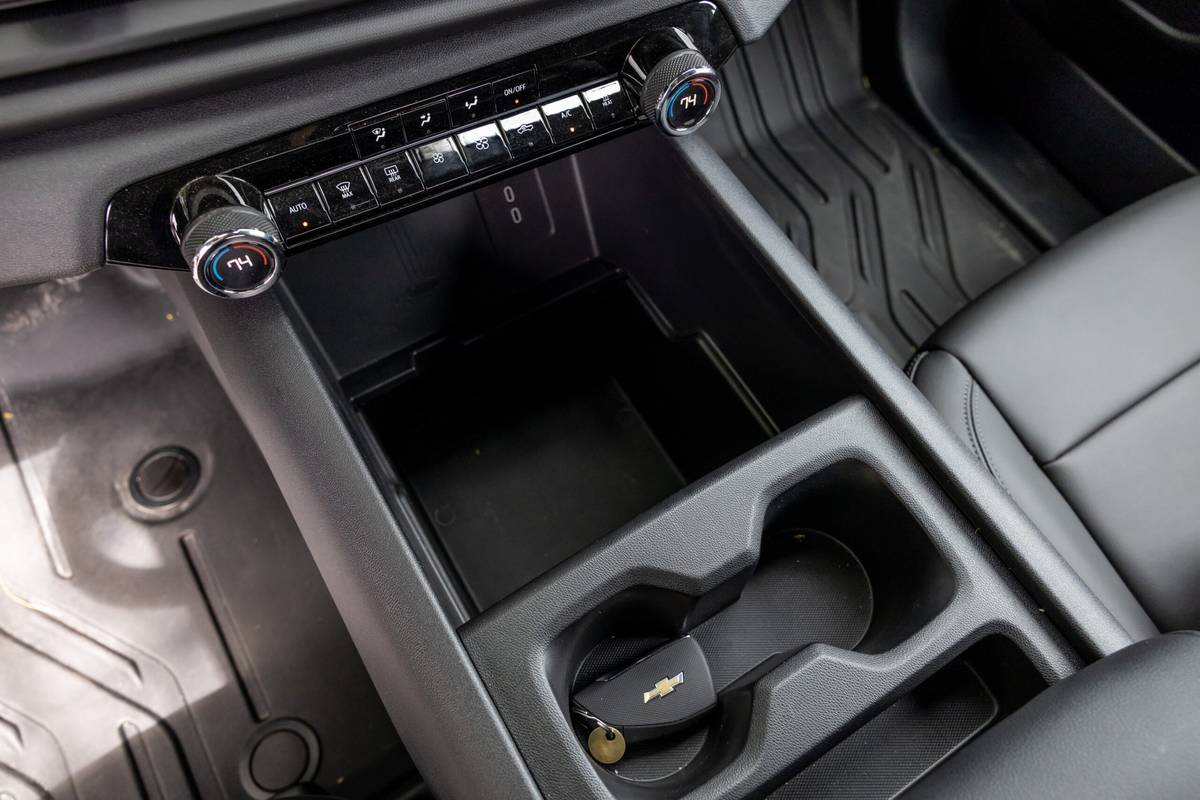
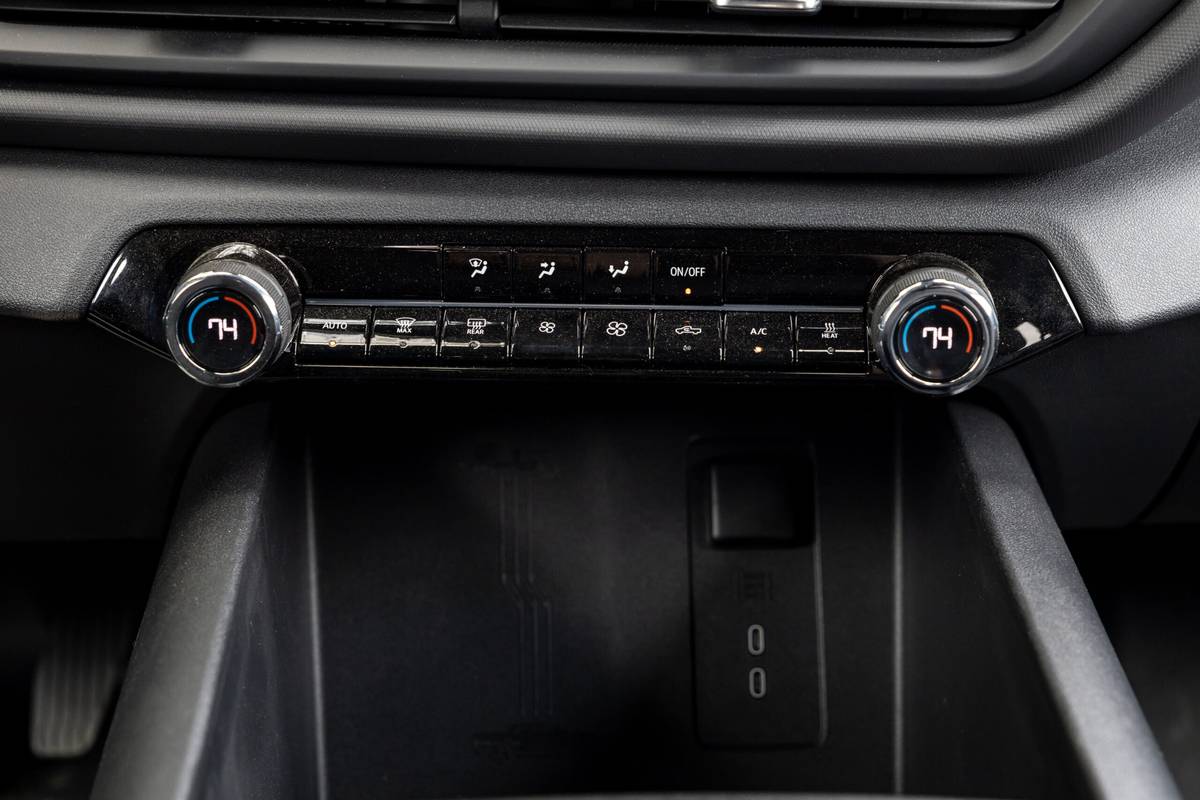
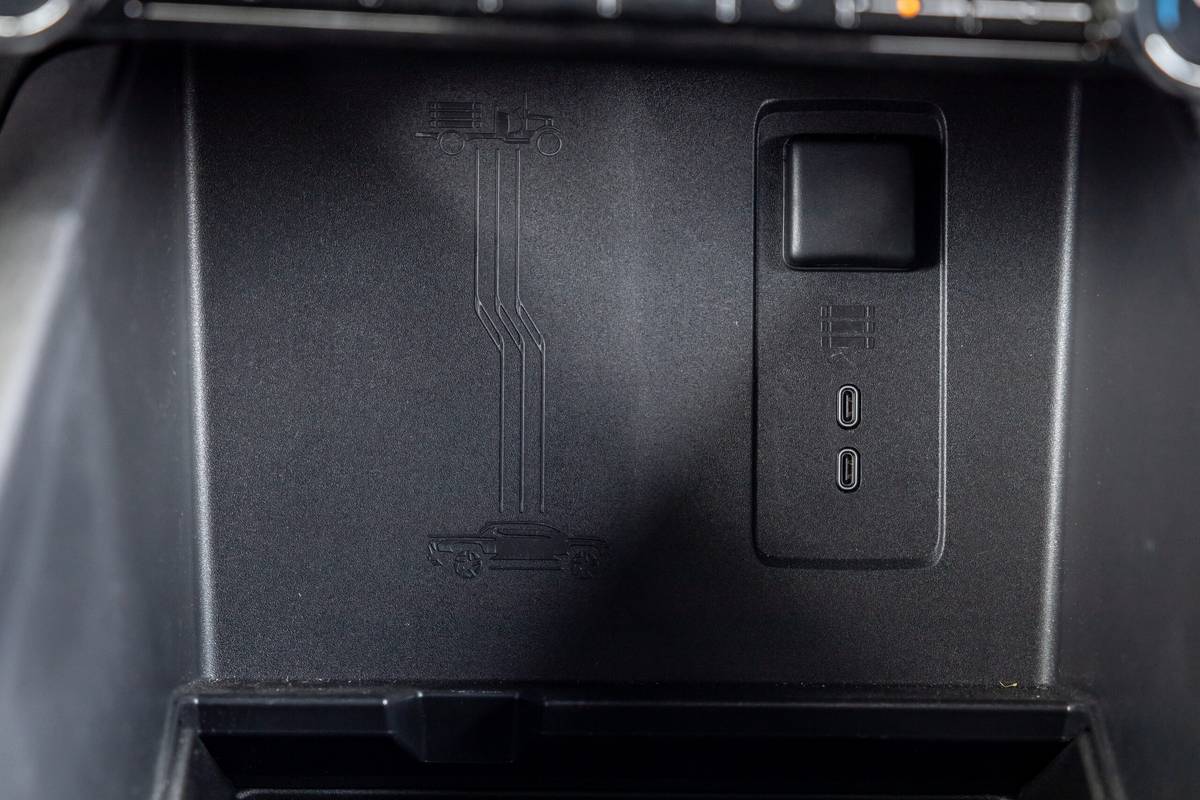
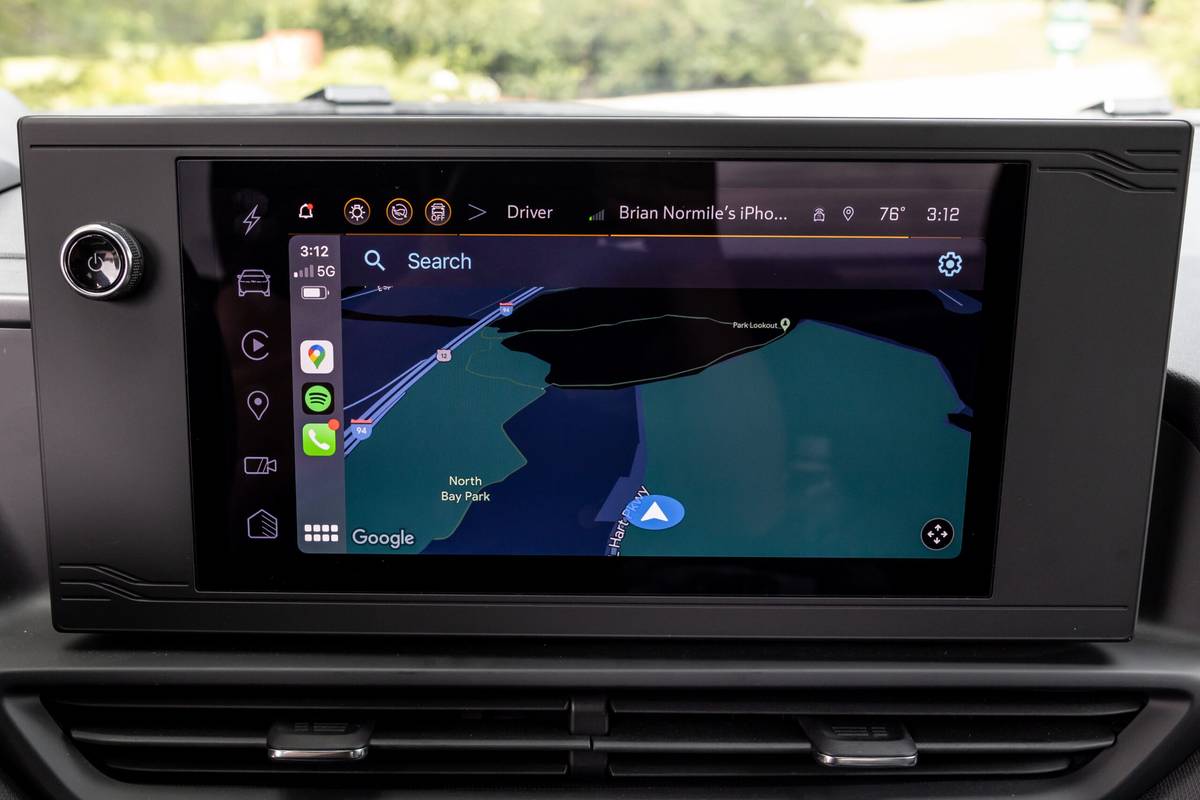
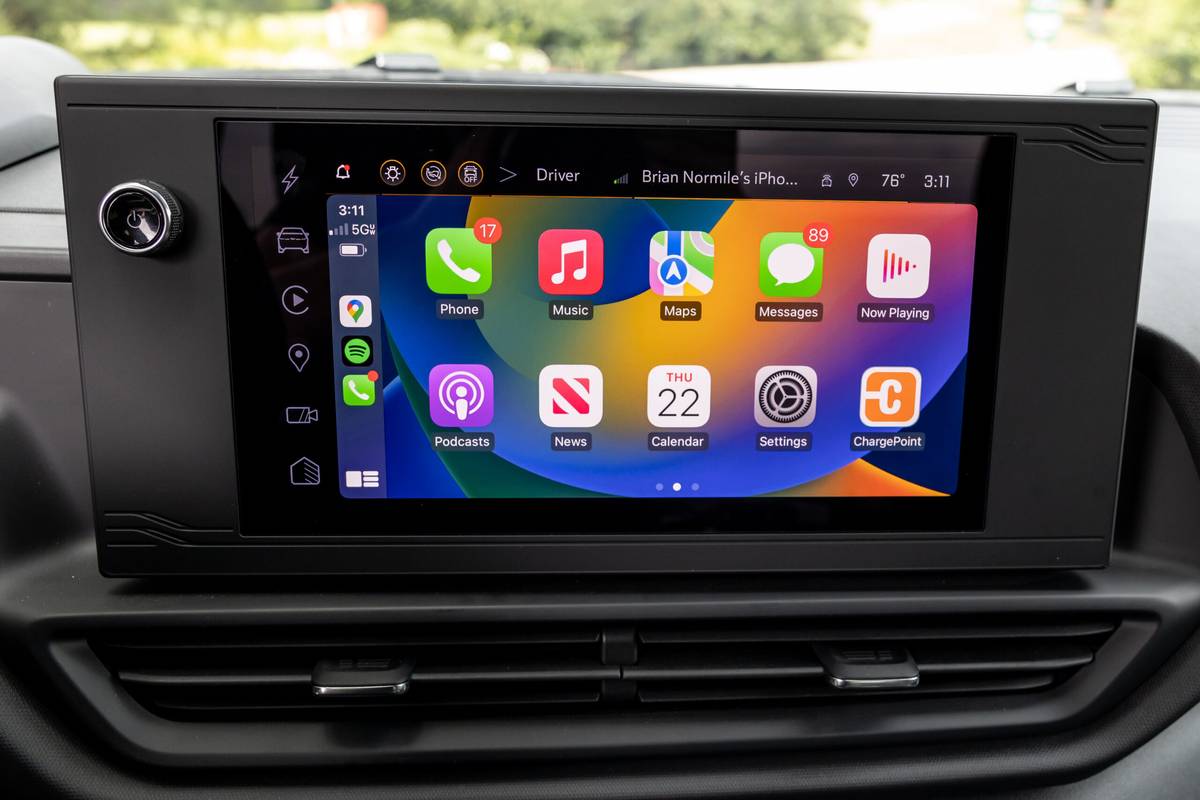
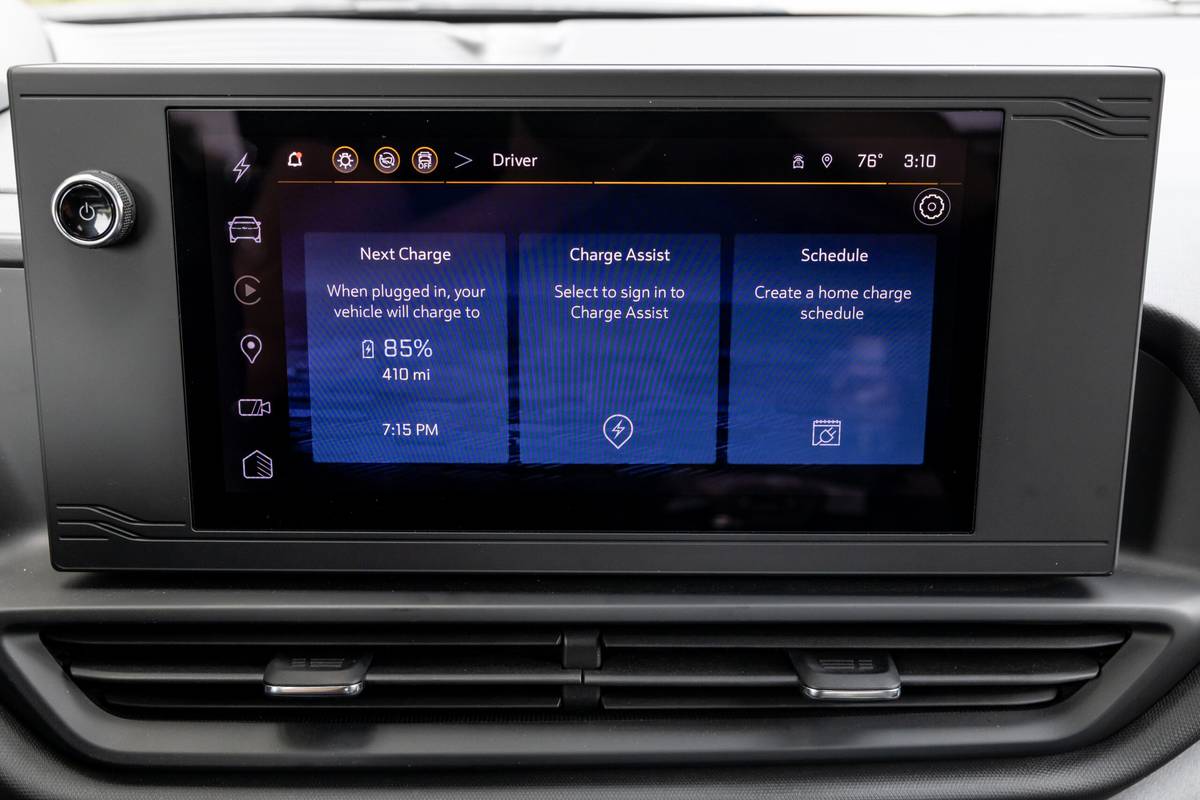

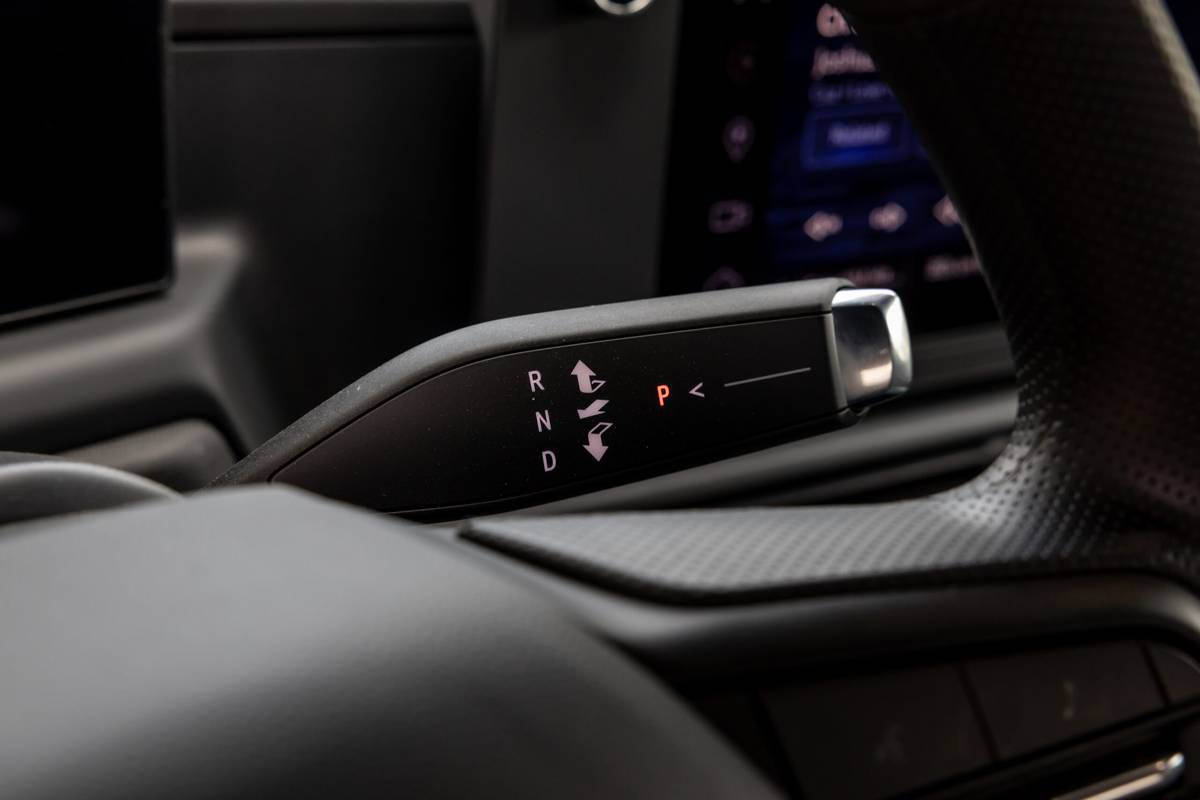
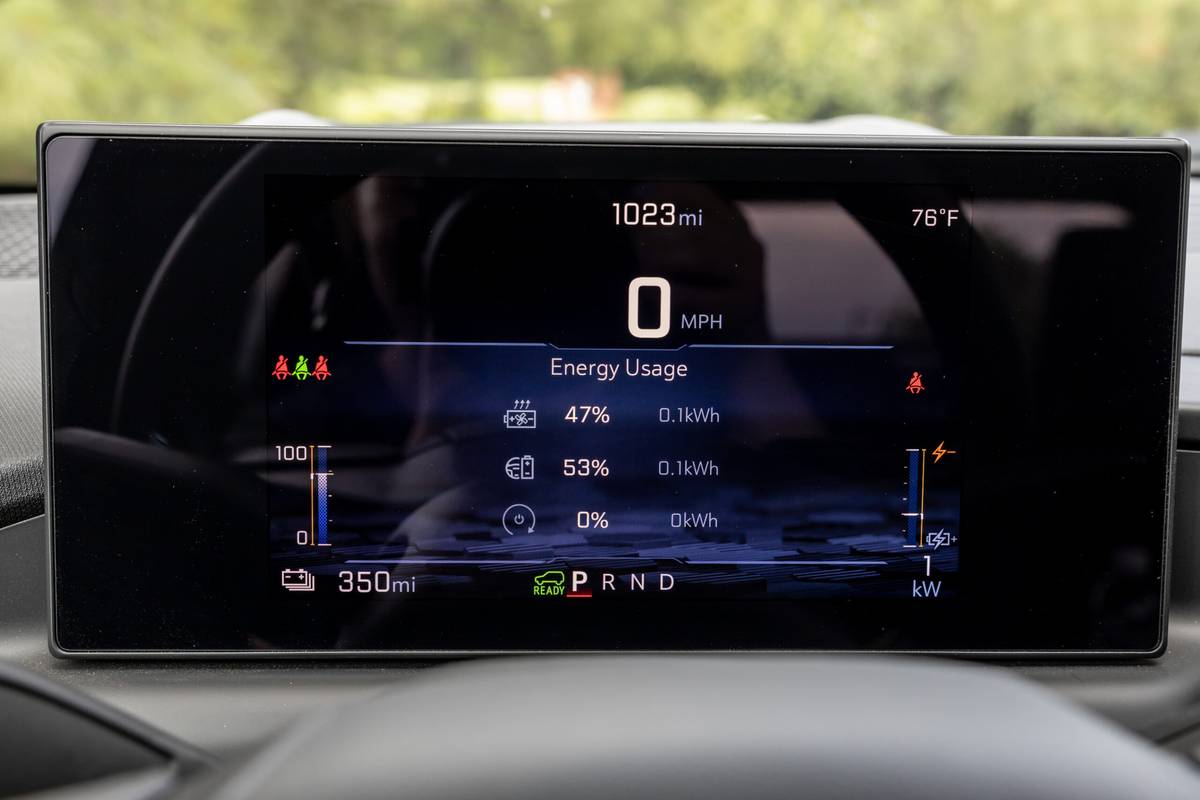
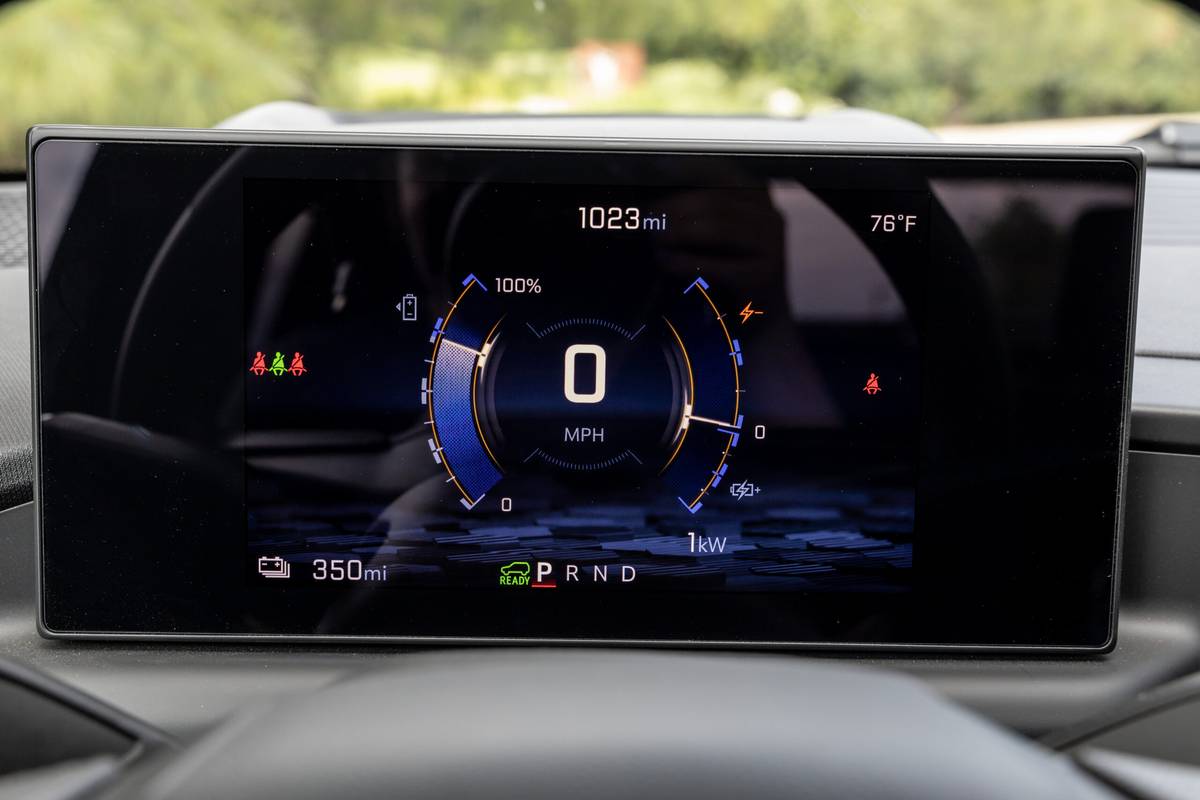
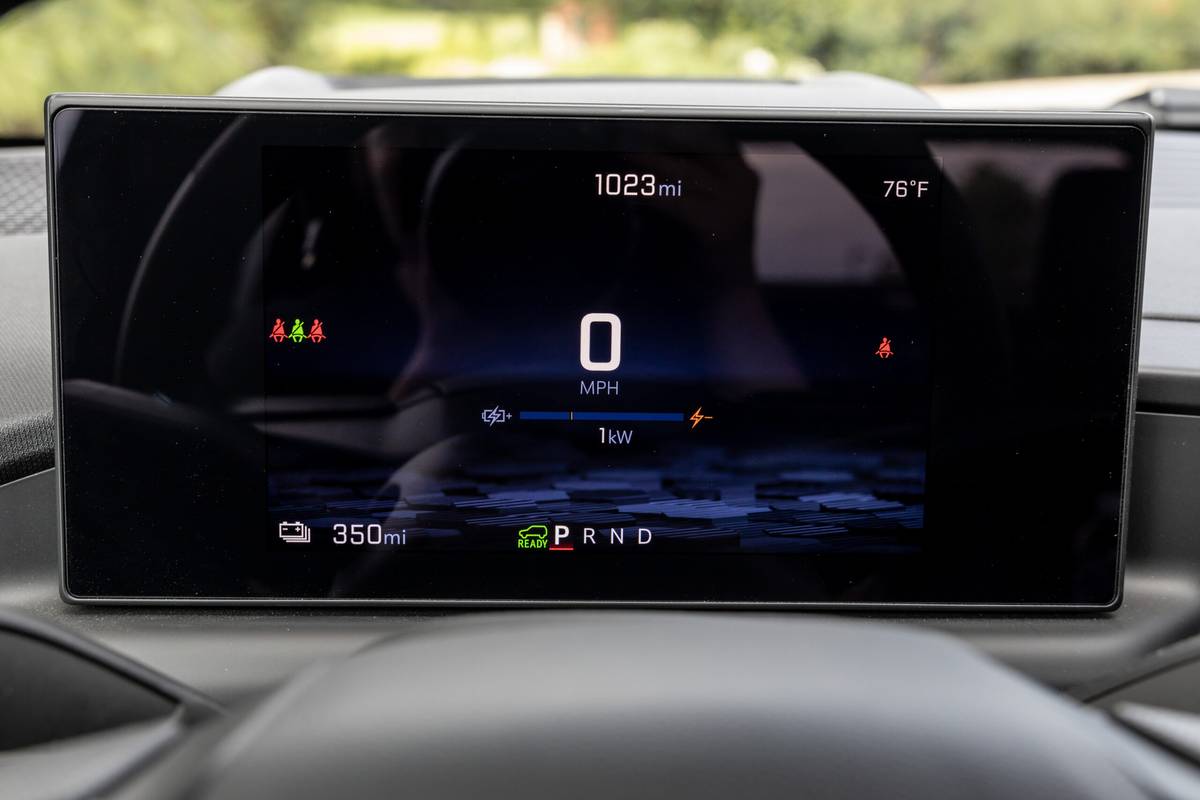
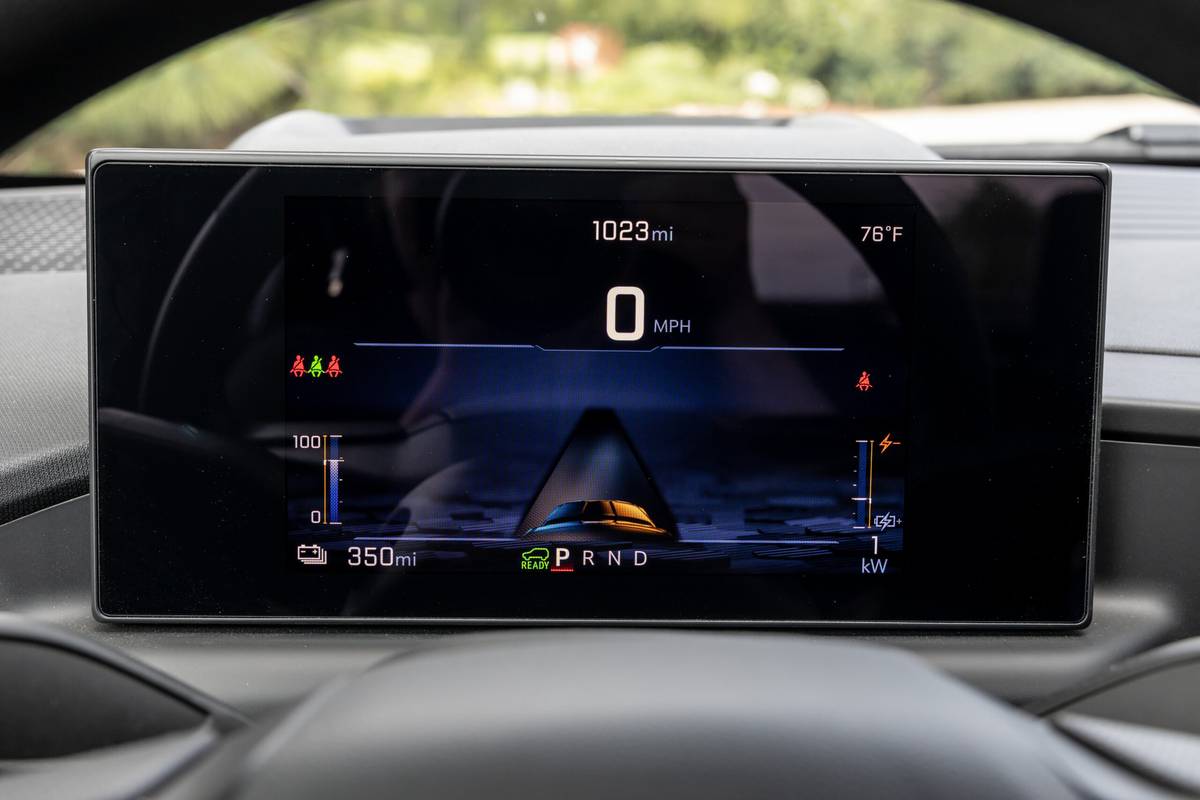
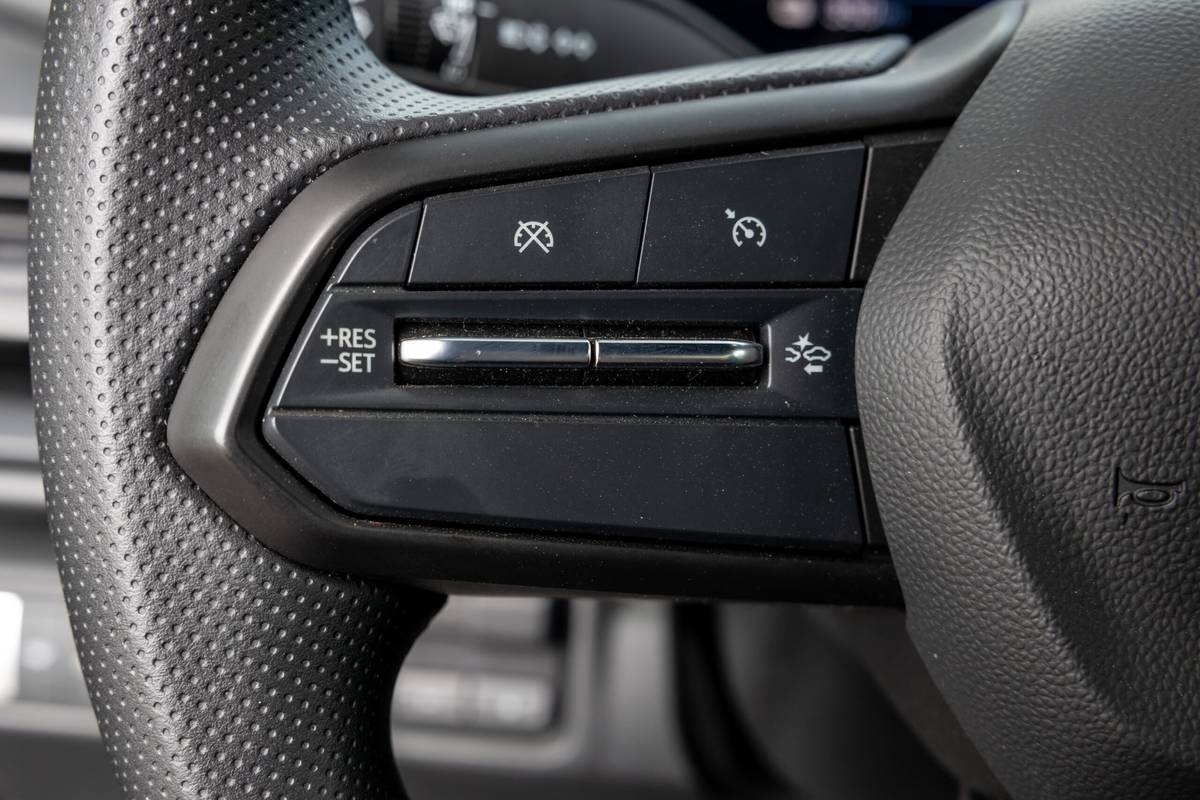
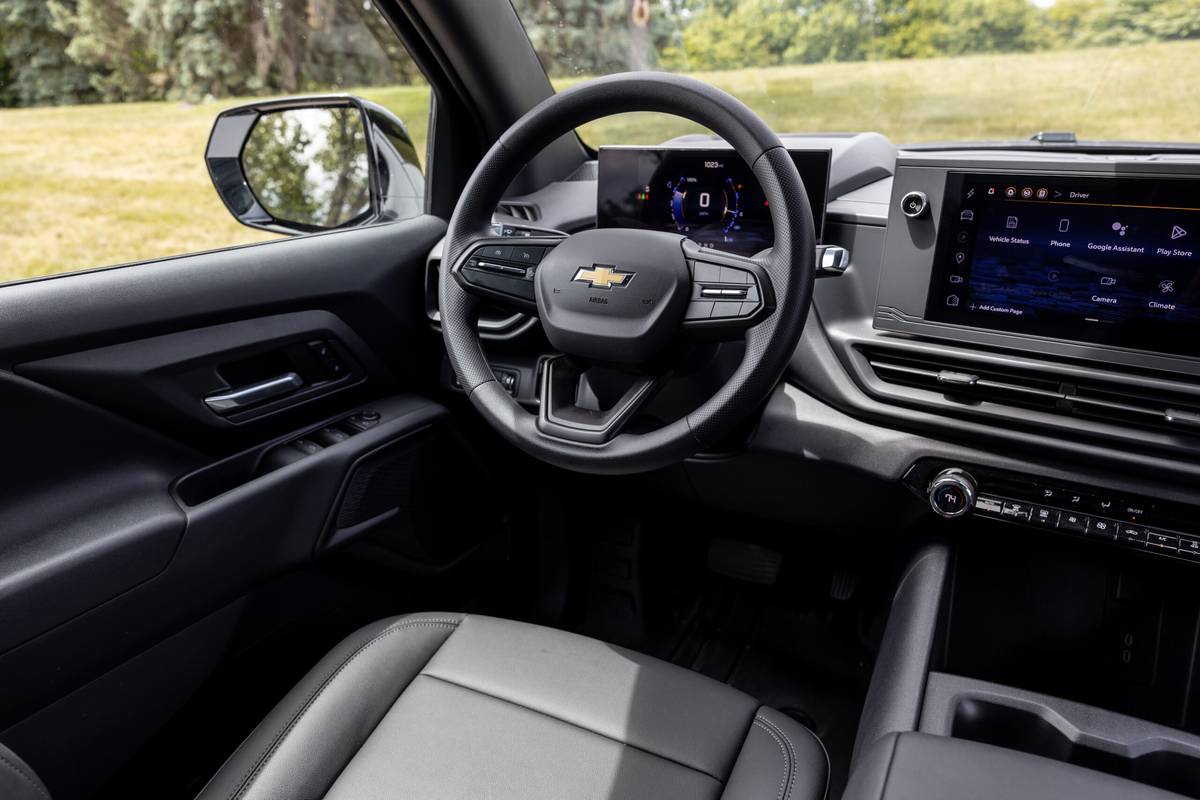

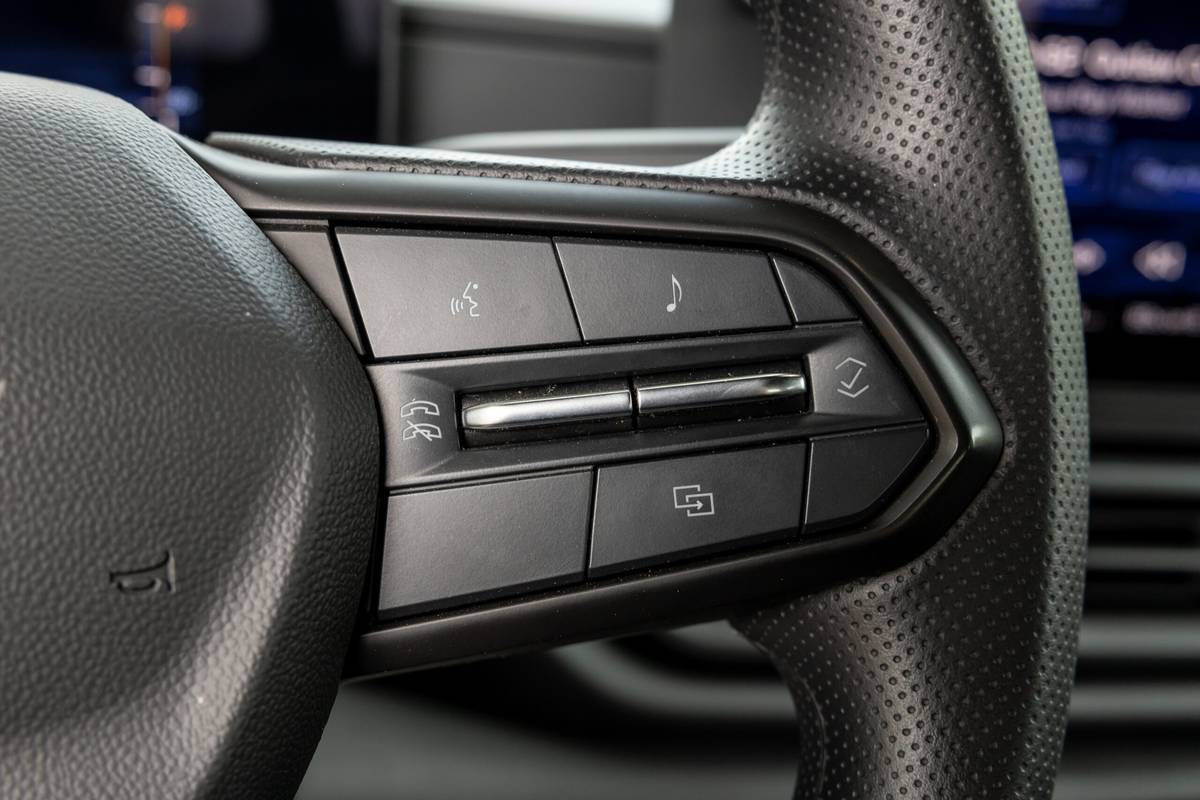
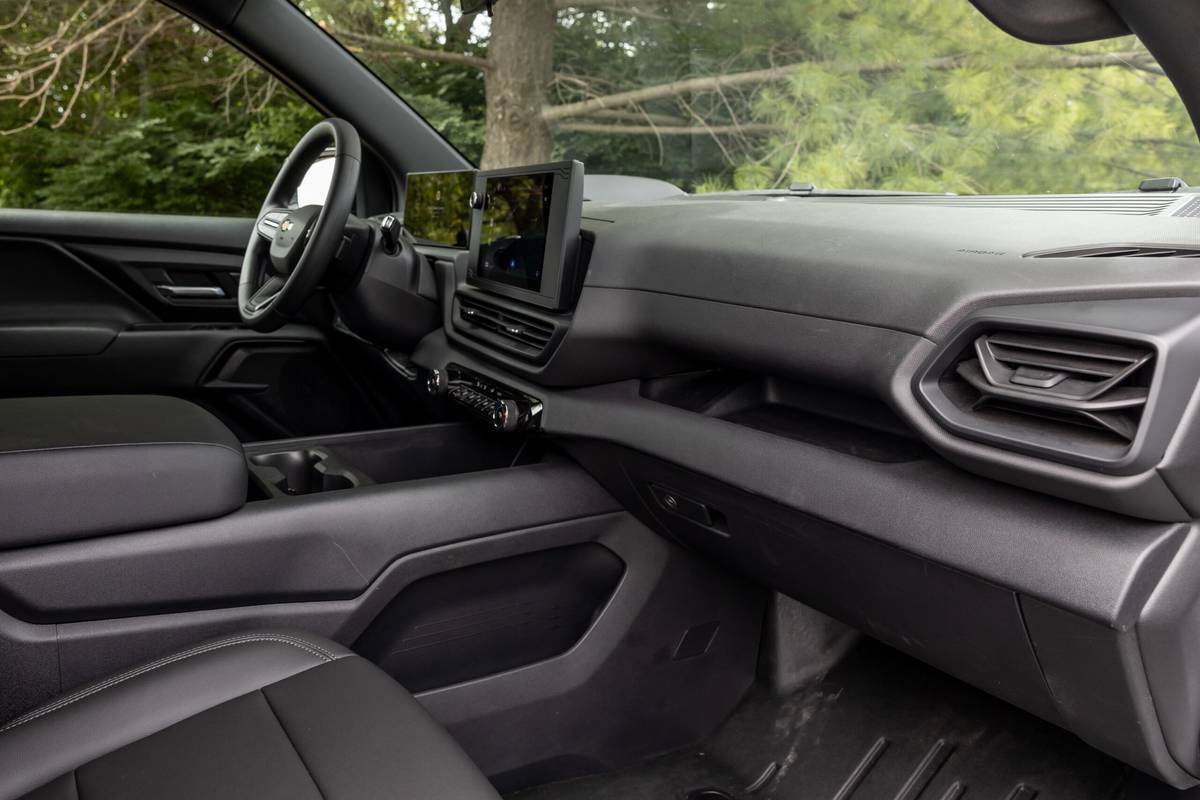

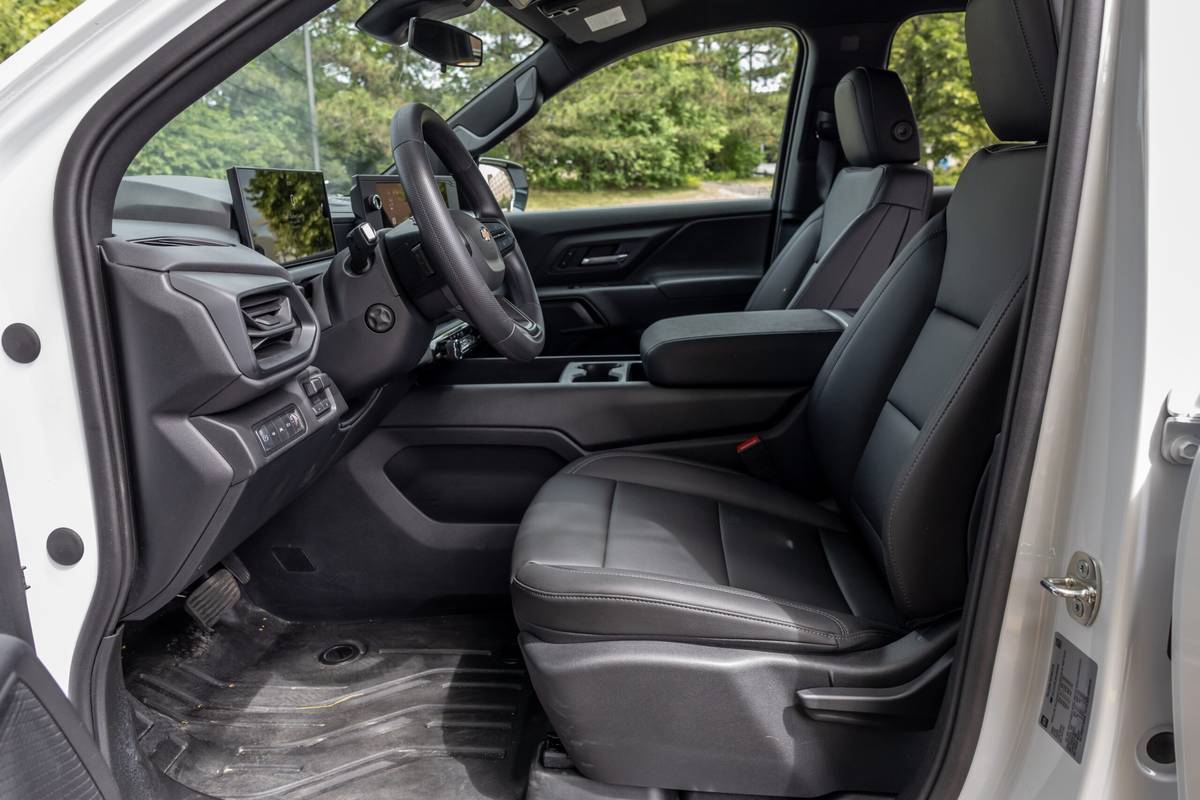










































The most significant difference between the Silverado EV WT and RST is probably the interior. A work truck is meant to work, and durable materials aren’t usually luxurious. The WT has a smaller 11-inch touchscreen with Google Built-In and wireless Apple CarPlay and Android Auto connectivity, but the interior materials are mostly plasticky and the cabin lacks any real effort at sound deadening. It’s not too noisy when driving, but it’s not silent, either; road, tire, wind and motor noise are all present at various levels.
The front seats are manually adjustable, but, interestingly, the steering column has power tilt/telescoping adjustments. According to Chevrolet, making these controls uniform across the early lineup made manufacturing easier; no word yet on whether lower trims will have manual adjustments.
The Silverado EV is only available as a four-door crew cab. The backseat is comfortable and roomy, which will be great for work crews, and there’s storage for gear under the seats. This is the norm for full-size crew-cab pickups, however, so it would be more notable if it weren’t roomy.
Overall, the interior is one of the nicest work truck interiors I’ve ever experienced, but it’s not the interior you’d expect to find in a nearly $80,000 vehicle.
Wait, How Much?
You read that correctly: The 4WT version of the Silverado EV will cost $77,905 before destination. That’s a ton of money in the world of gas trucks, but it’s not unusual for an EV pickup; it’s also quite a bit less than the six-figure RST First Edition. The RST will have to wow me before I consider it the better buy, and I can’t wait to drive it to find out.
It’s also worth noting that more Silverado EV variants are on the way, and I wouldn’t be surprised if every trim level available for the gas-powered Silverado eventually has an EV analogue. Unfortunately for frugal buyers, the previously announced sub-$40,000 version will be more expensive when it arrives, though Chevrolet has not announced new pricing for it yet.
While the 2024 Chevrolet Silverado EV WT may be expensive and unobtainable by the general public, it impresses in a lot of ways that bode well for the consumer-oriented RST version and the rest of the lineup.
Cars.com’s Editorial department is your source for automotive news and reviews. In line with Cars.com’s long-standing ethics policy, editors and reviewers don’t accept gifts or free trips from automakers. The Editorial department is independent of Cars.com’s advertising, sales and sponsored content departments.

Road Test Editor Brian Normile joined the automotive industry and Cars.com in 2013, and he became part of the Editorial staff in 2014. Brian spent his childhood devouring every car magazine he got his hands on — not literally, eventually — and now reviews and tests vehicles to help consumers make informed choices. Someday, Brian hopes to learn what to do with his hands when he’s reviewing a car on camera. He would daily-drive an Alfa Romeo 4C if he could.
Featured stories





























